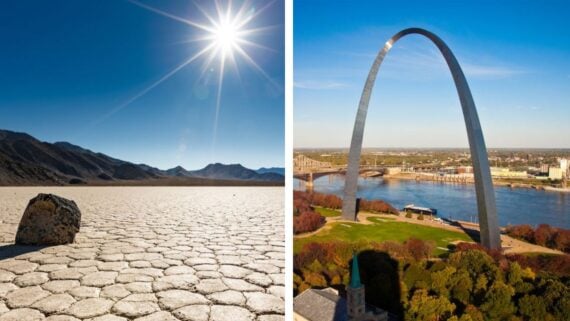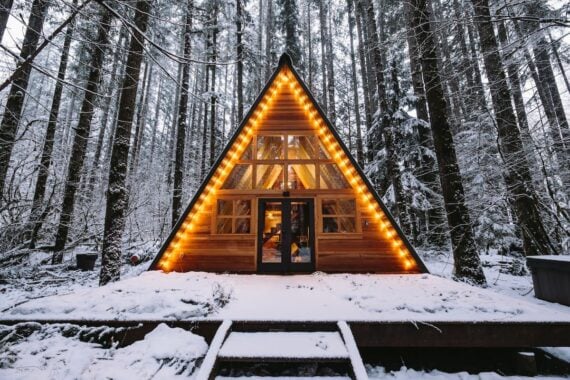The United States is home to 63 stunning national parks spread over 30 states. The oldest, Yellowstone National Park, was created by Ulysses S. Grant in 1872. The most recent addition, the New River Gorge National Park and Preserve in West Virginia, joined the club in December 2020. Each of the parks offers uniquely awe-inspiring wild places and represent the best of America’s natural beauty, offering visitors a place for spiritual renewal and the chance to get lost in the splendor of the great outdoors. Even when we can’t visit the parks in person, we can still enjoy stunning photos of them from afar.
Related: Historic National Park Photos for Vintage Views
Channel Islands National Park | California
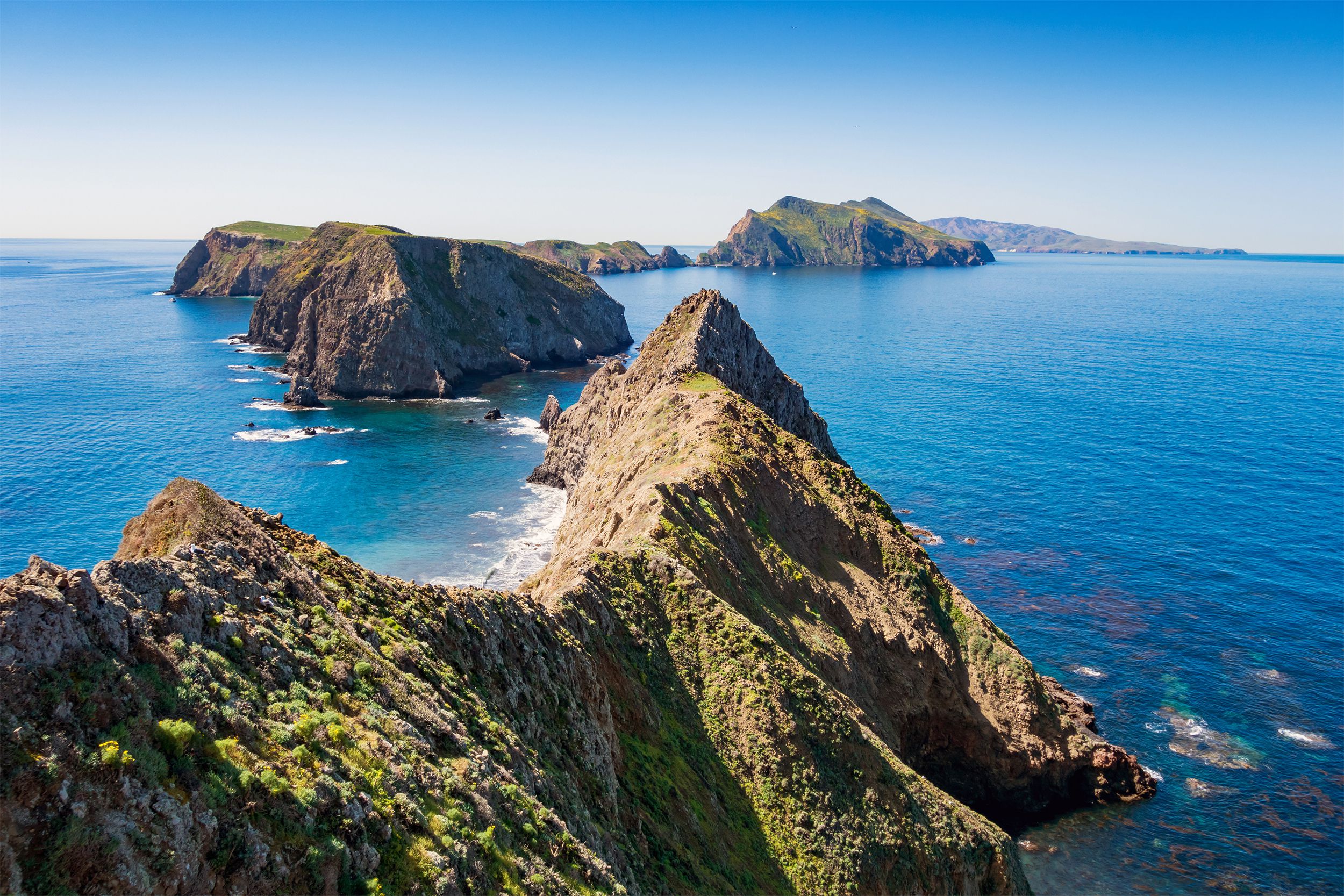
Channel Islands National Park includes five islands and an ocean environment filled with a variety of animals, plants, and archeological resources. Their preservation lets visitors see and experience a pristine version of coastal Southern California.
Related: 55 Surprising Facts About America’s Beaches
Acadia National Park | Maine
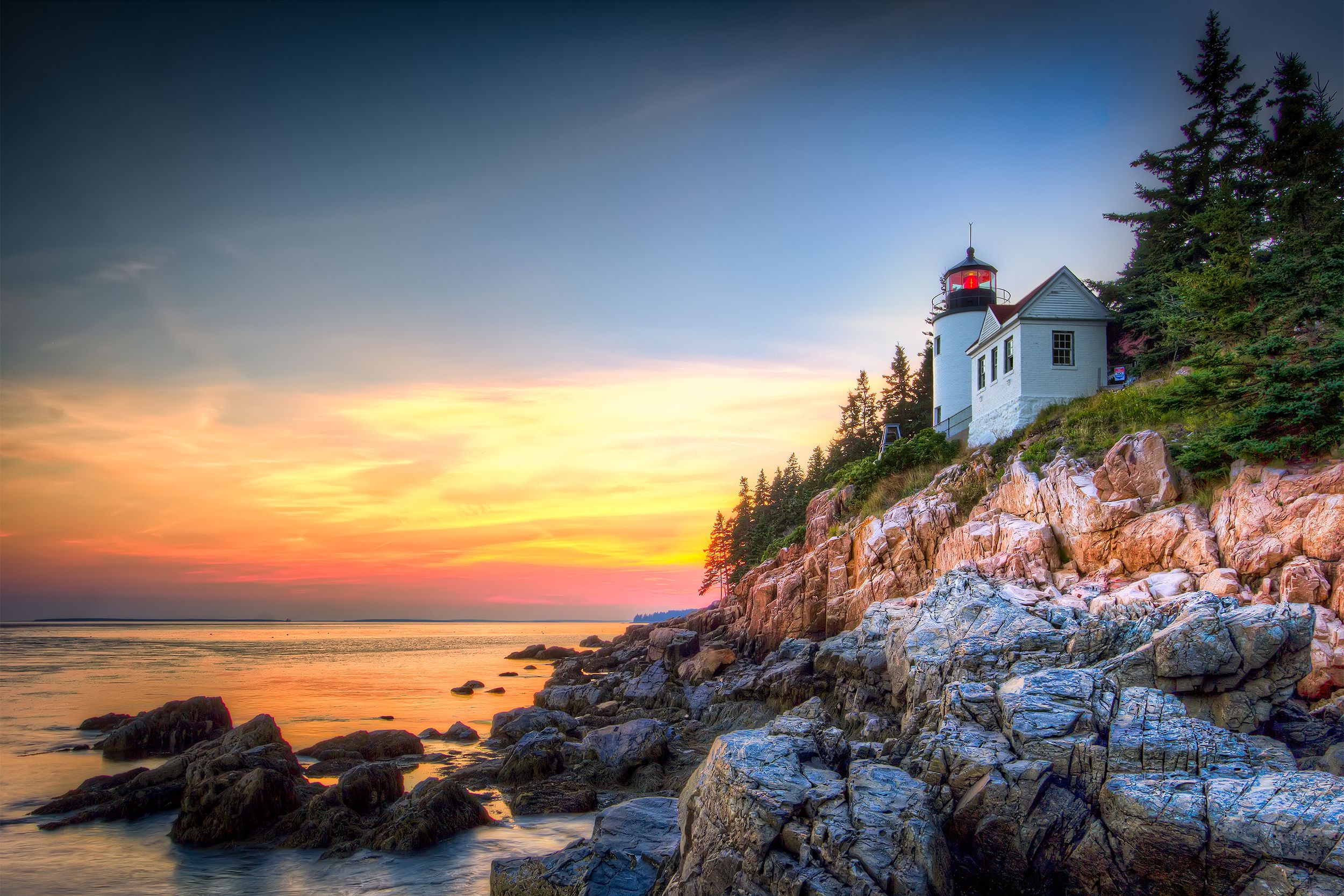
One of the most stunning places to visit in the Northeast, Acadia National Park spans ocean shoreline, coastal forests, remote islands and rocky mountains. There are 45 miles of historic carriage roads where visitors can set off on bikes and 125 miles of trails for hiking enthusiasts.
Related: Awe-Inspiring Photos of National Parks in Winter
American Samoa National Park | American Samoa

Located in the South Pacific and dubbed the islands of sacred Earth, this unique national park is a tropical paradise. The park is 2,600 miles southwest of Hawaii, making it one of the most remote national parks in the country. Highlights include rare plants and animals, coral sand beaches, and picturesque expanses of land and sea.
Related: These Island Vacations Don’t Require a Passport
Arches National Park | Utah
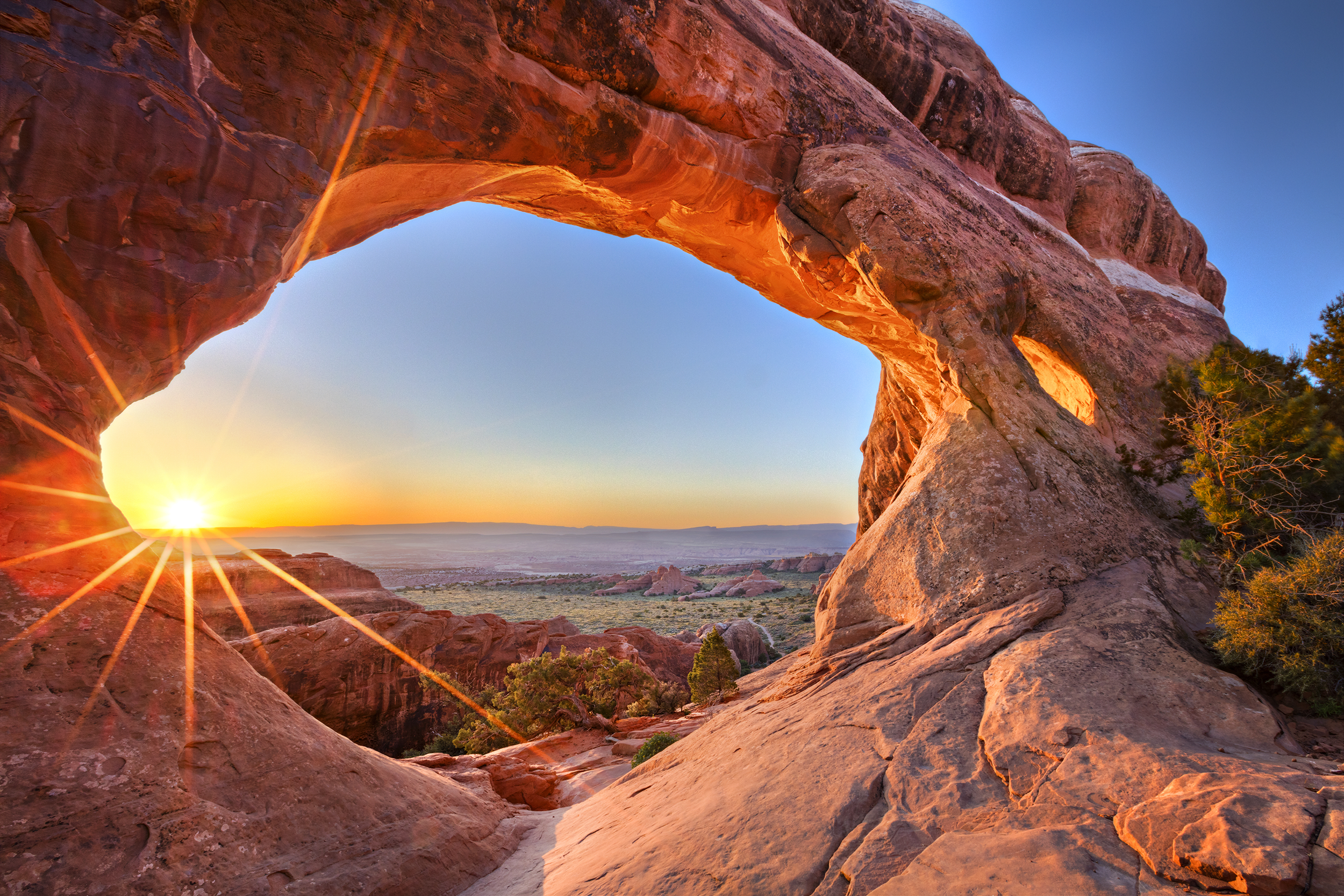
Utah is home to some of the country’s most striking and unusual landscapes, and Arches National Park is one of the best places to take it all in. Often described as a red-rock wonderland, the park is home to some 2,000 natural stone arches as well as many soaring rock pinnacles and giant balanced rocks. There are also plenty of trails for hiking. Don’t miss sticking around for sunset over this jaw-dropping landscape.
Related: Bucket-List Experiences in America’s National Parks
Badlands National Park | South Dakota
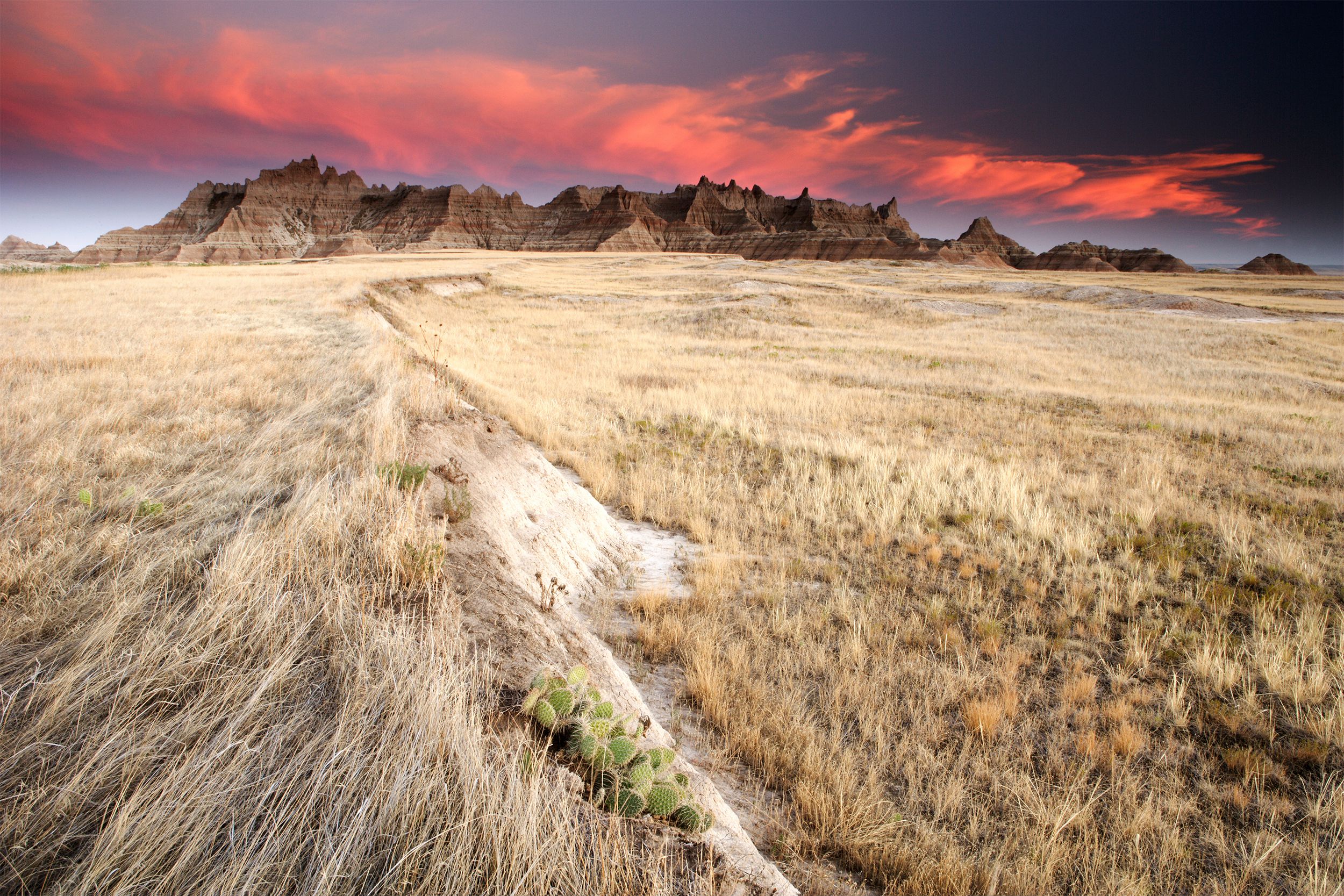
A place that contains some of the world’s richest fossil beds, Badlands National Park is known for its 244,000 acres of rugged and colorful beauty dominated by mixed-grass prairies. Long ago, saber-toothed cats roamed here; today it’s home to bison and bighorn sheep.
For more great travel guides and vacation tips, please sign up for our free newsletters.
Trending on Cheapism
Big Bend National Park | Texas
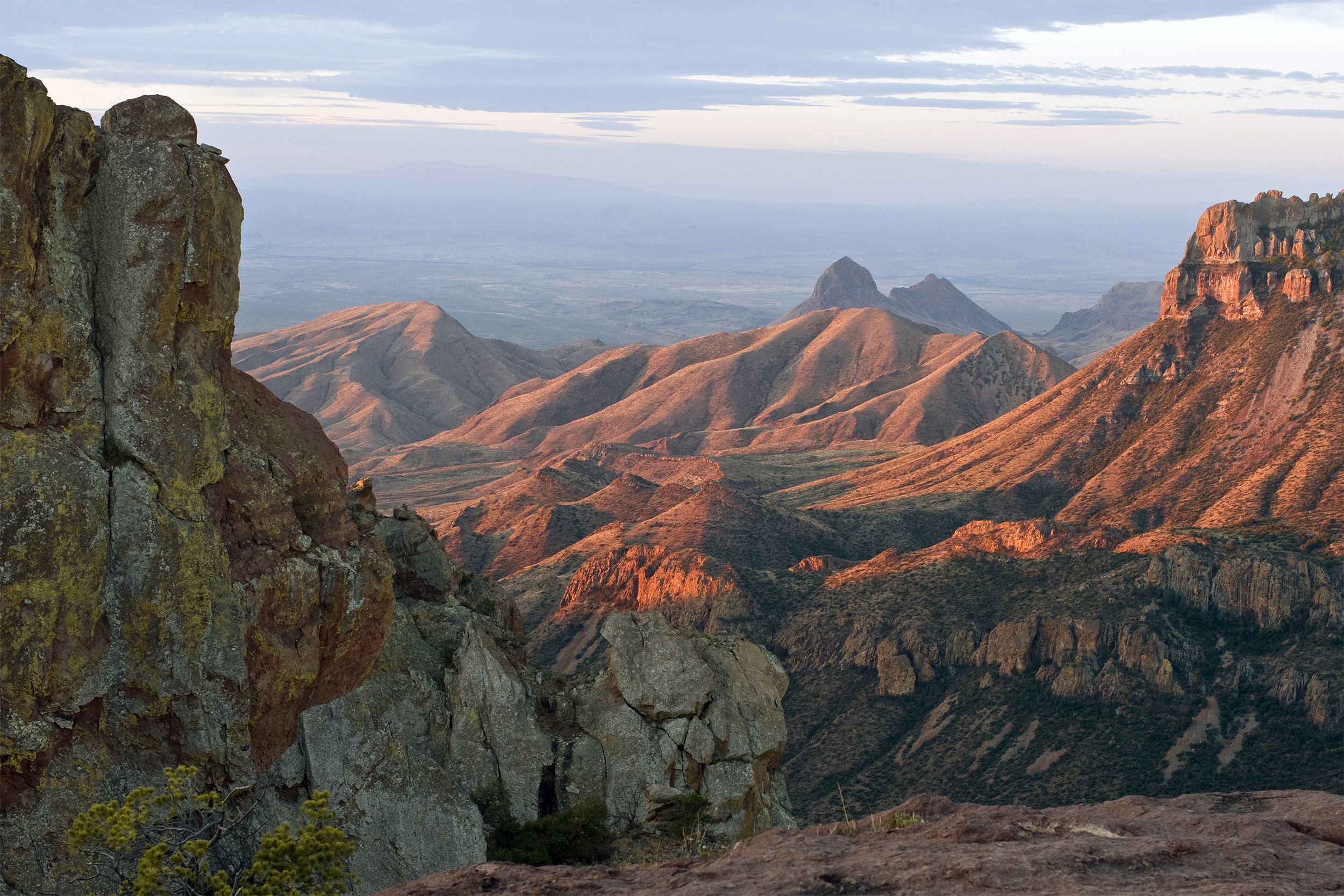
Big Bend’s massive landscape encompasses everything from sea fossils and dinosaur bones to volcanic dikes and meandering rivers. There are also mountain ranges, canyons, and desert to explore.
Related: Most Beautiful Places to Camp Across America
Biscayne National Park | Florida
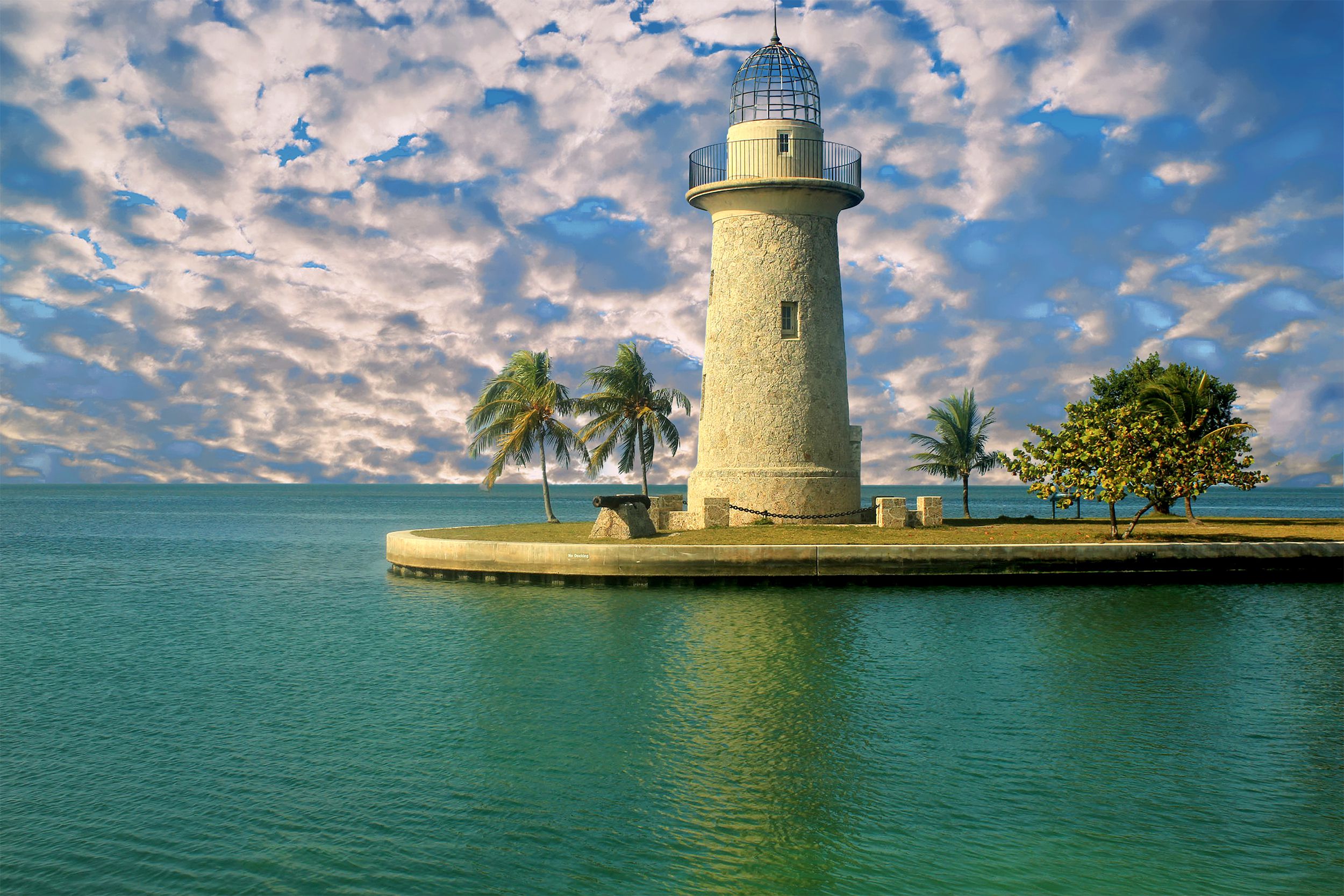
Within the boundaries of Biscayne National Park, visitors can explore aquamarine waters, coral reefs, and islands. Home to four distinct ecosystems, there’s a diverse array of wildlife living in the park, including hundreds of species of fish and plants that are unlike anything else in the world. Popular activities at this park include boating, snorkeling, camping, and wildlife observation.
Related: Free or Cheap Things to Do in Miami
Black Canyon of the Gunnison National Park | Colorado
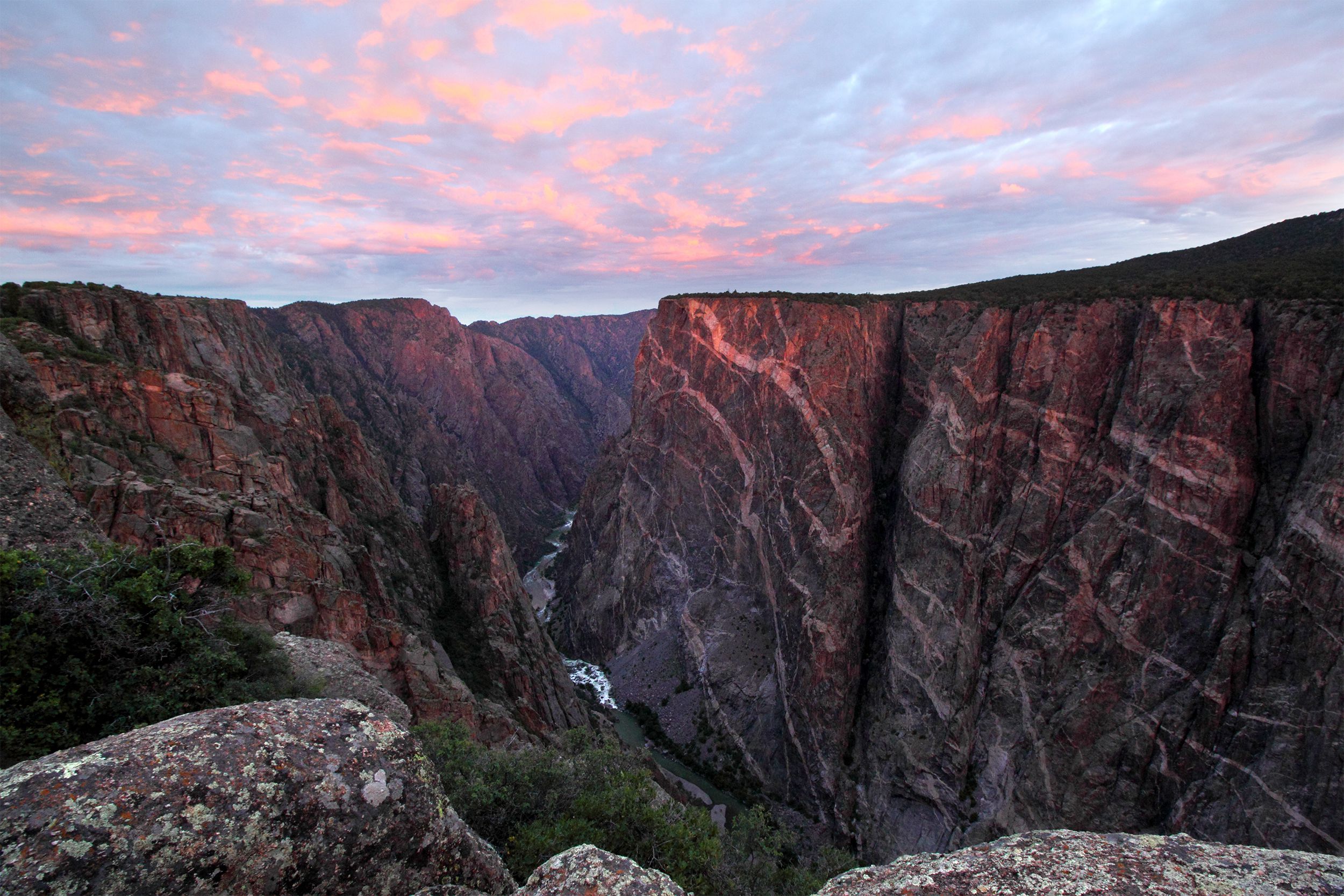
Get ready for steep cliffs and craggy spires at Black Canyon of the Gunnison National Park. A vertical rock wilderness, the canyon offers a place for visitors to hike, take scenic drives, rock climb, and go kayaking. Night sky viewing opportunities are also popular here.
Related: Scenic Roads You Can Drive Only Around the Summer
Sign up for our newsletter
Bryce Canyon National Park | Utah
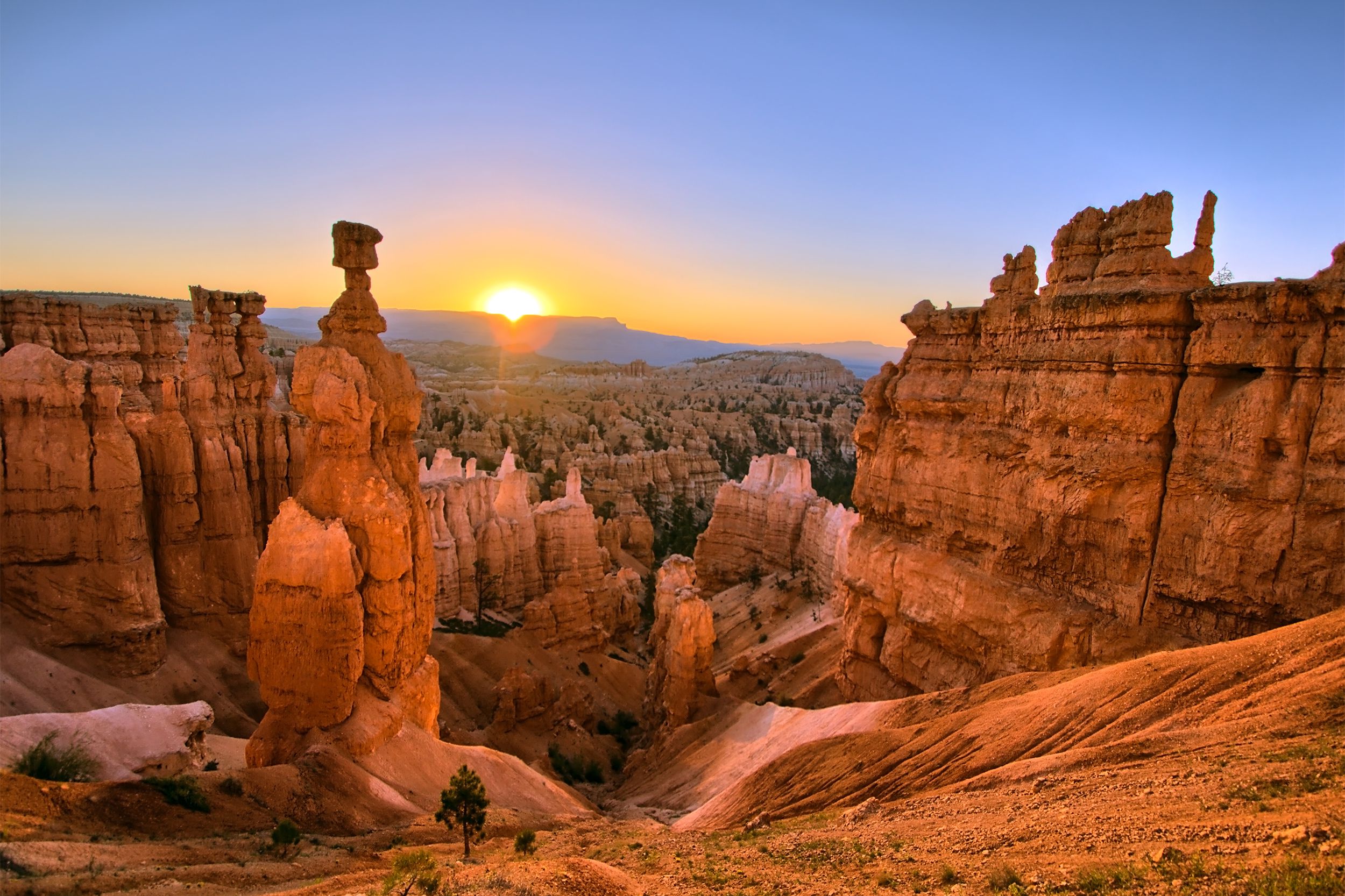
Bryce Canyon National Park is home to the largest concentration of hoodoos (eroded columns of rock) anywhere on the planet. The unique and otherworldly landscape of this memorable park includes a variety of canyons, natural amphitheaters, and bowls carved along the edge of a high plateau.
Related: Stunning Landscapes That Make Earth Look Like Another Planet
Canyonlands National Park | Utah
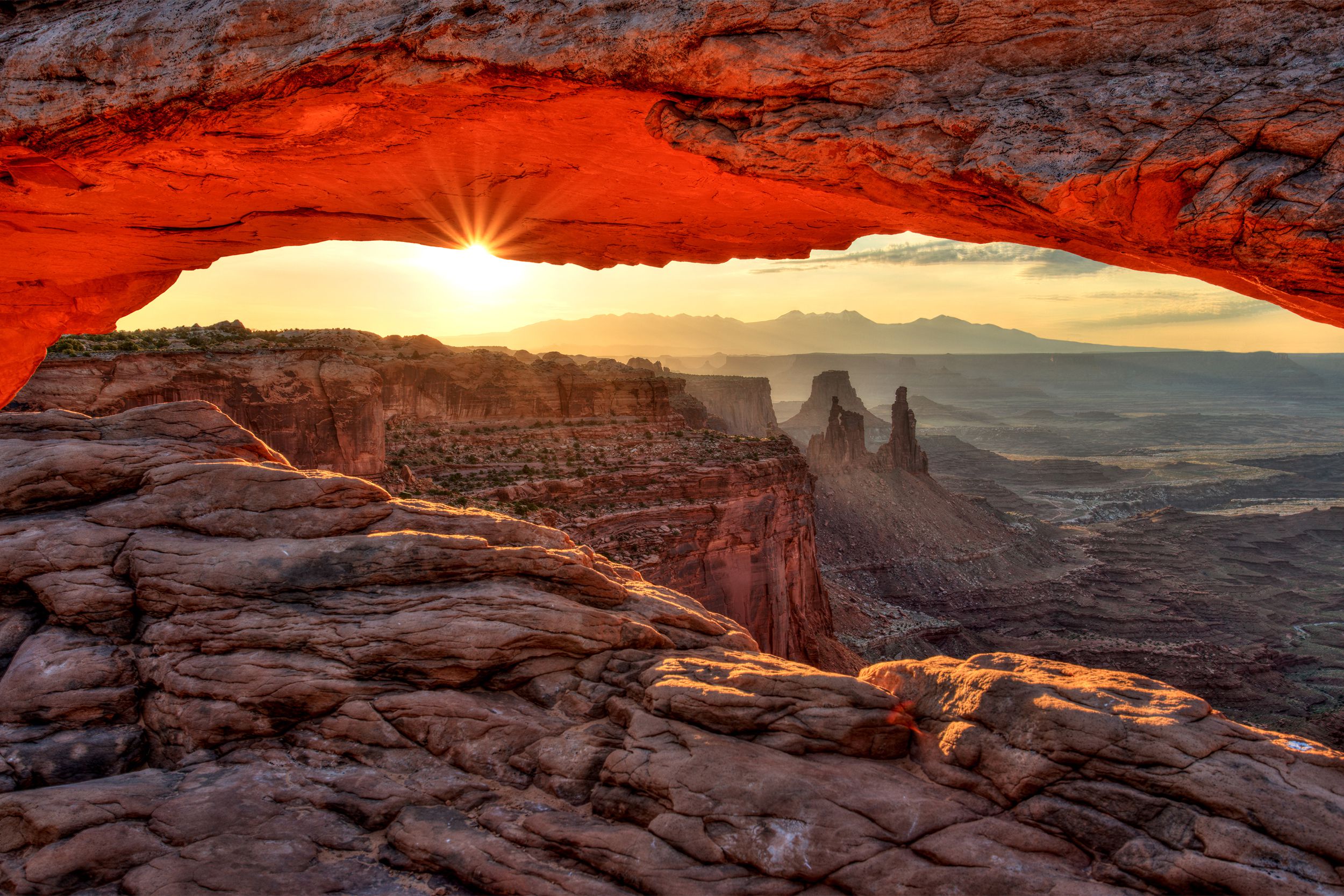
Another unforgettable and iconic national park in Utah, Canyonlands showcases more of the unique and dramatic arches, buttes, and expansive desert landscapes that southeastern Utah is so famous for. Its immense desert landscape is home to hundreds of colorful canyons.
Related: Stunning Photos of Iconic Landscapes in the American West
Capitol Reef National Park | Utah
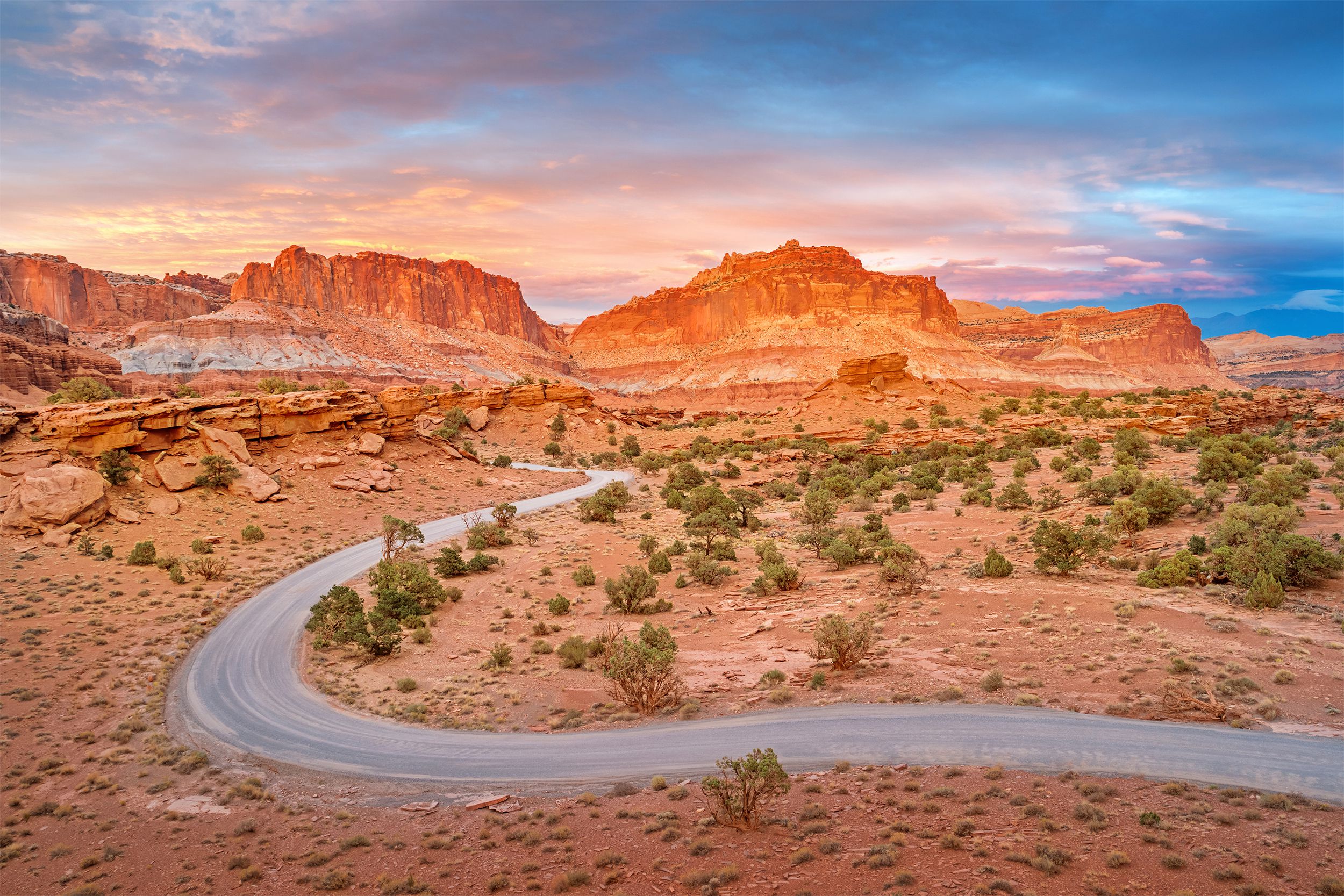
One of Utah’s lesser known national parks, Capitol Reef is as striking as many of its neighboring national parks. The desert landscape and canyons at Capitol Reef offer hiking opportunities that take visitors through narrow canyons and gorges, past natural stone arches and along high cliffs.
Related: Historic Schoolhouses Across America
Carlsbad Caverns National Park | New Mexico
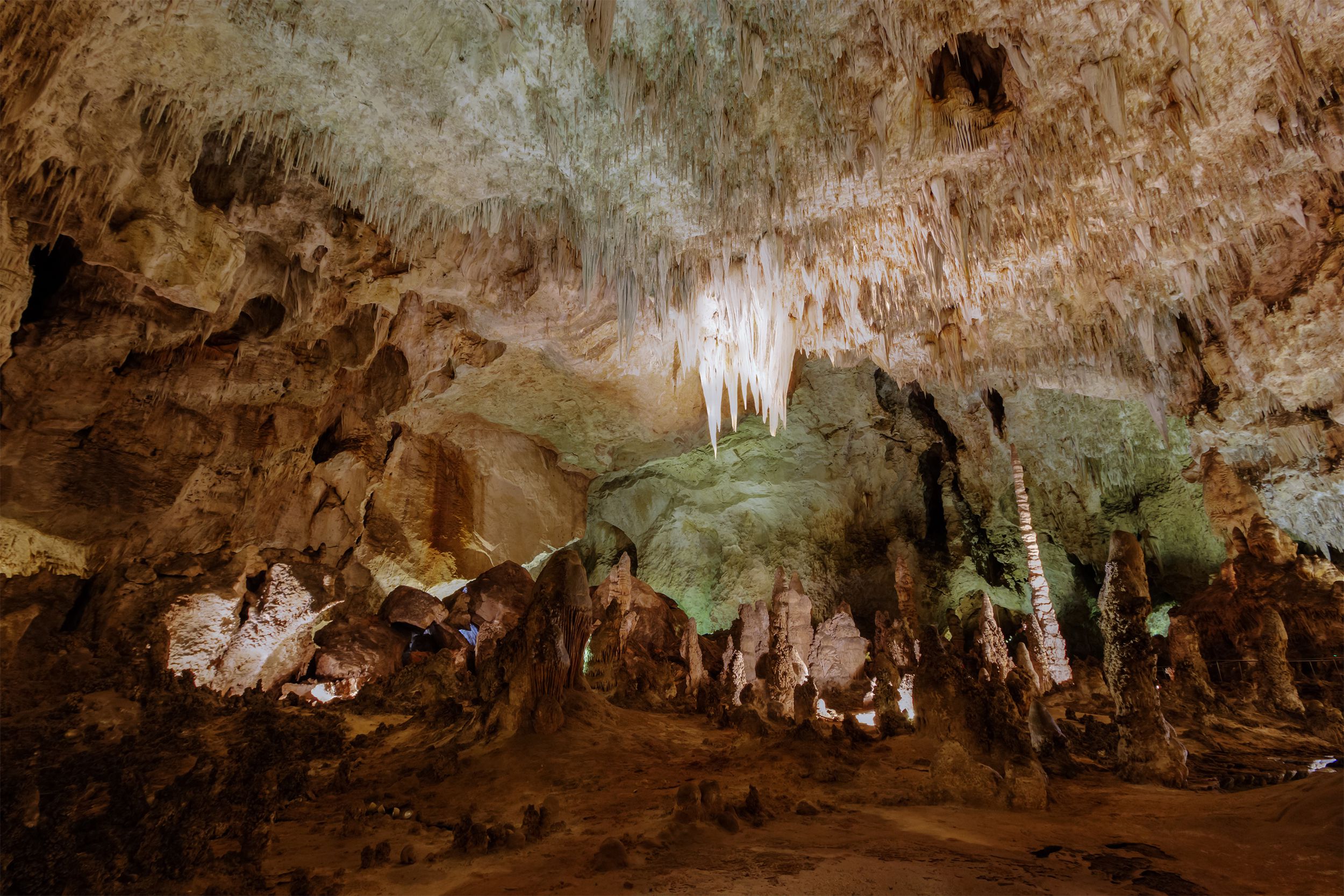
Perhaps most famous for its 119 caves filled with stalagmites and stalactites, Carlsbad Caverns is also home to an abundance of above-ground treasures in the Chihuahuan Desert including high ancient sea ledges, deep rocky canyons, flowering cactus, and desert wildlife.
Related: Cheap Must-See Attractions in All 50 States
Congaree National Park | South Carolina
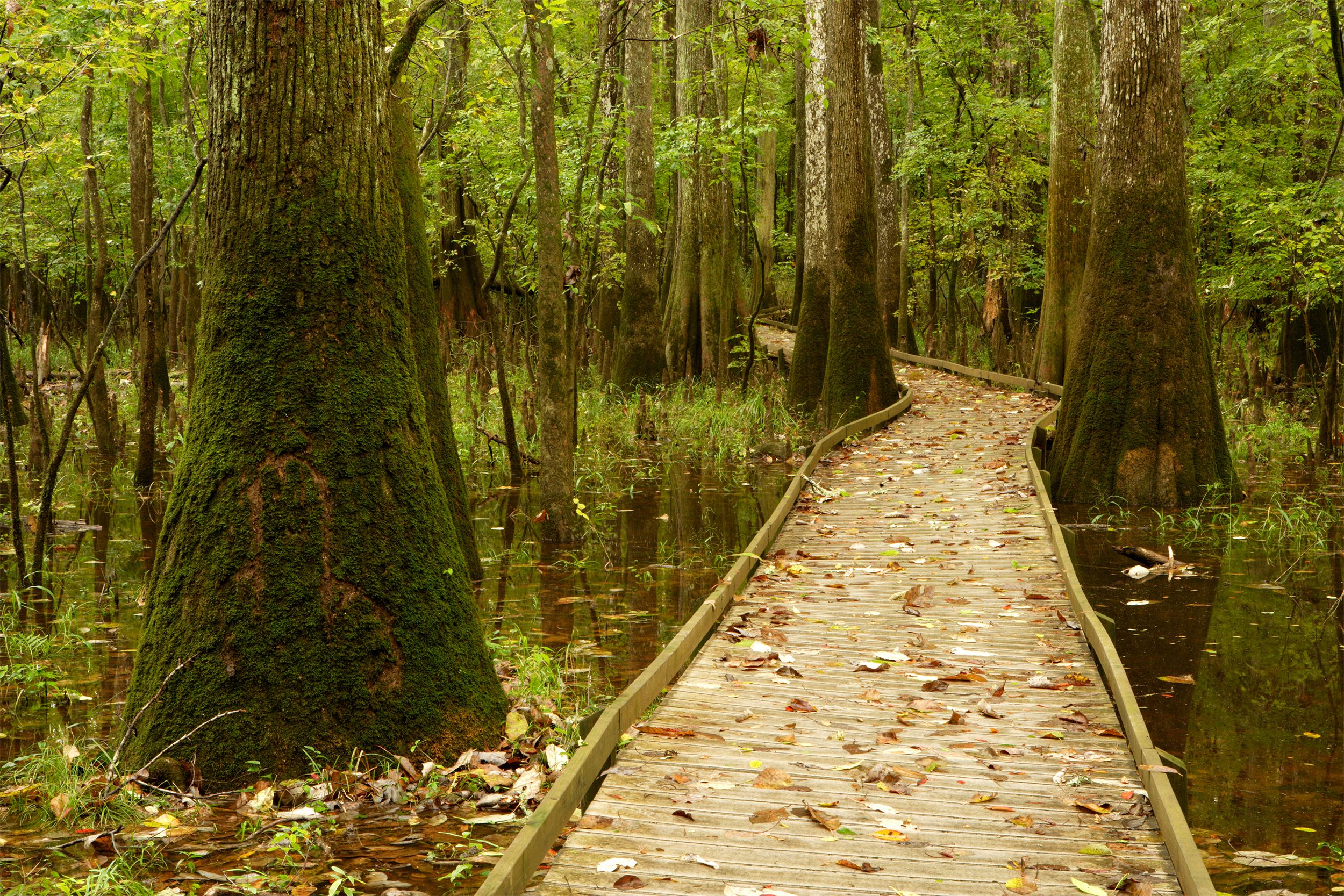
Congaree National Park is famous for being home to the largest intact old-growth bottomland hardwood forest in the southeastern U.S. There are more than 25 miles of hiking trails here and 2.4 miles of boardwalk allowing visitors to explore the Congaree floodplain.
Related: Under-the-Radar National Parks to Visit This Fall
Crater Lake National Park | Oregon
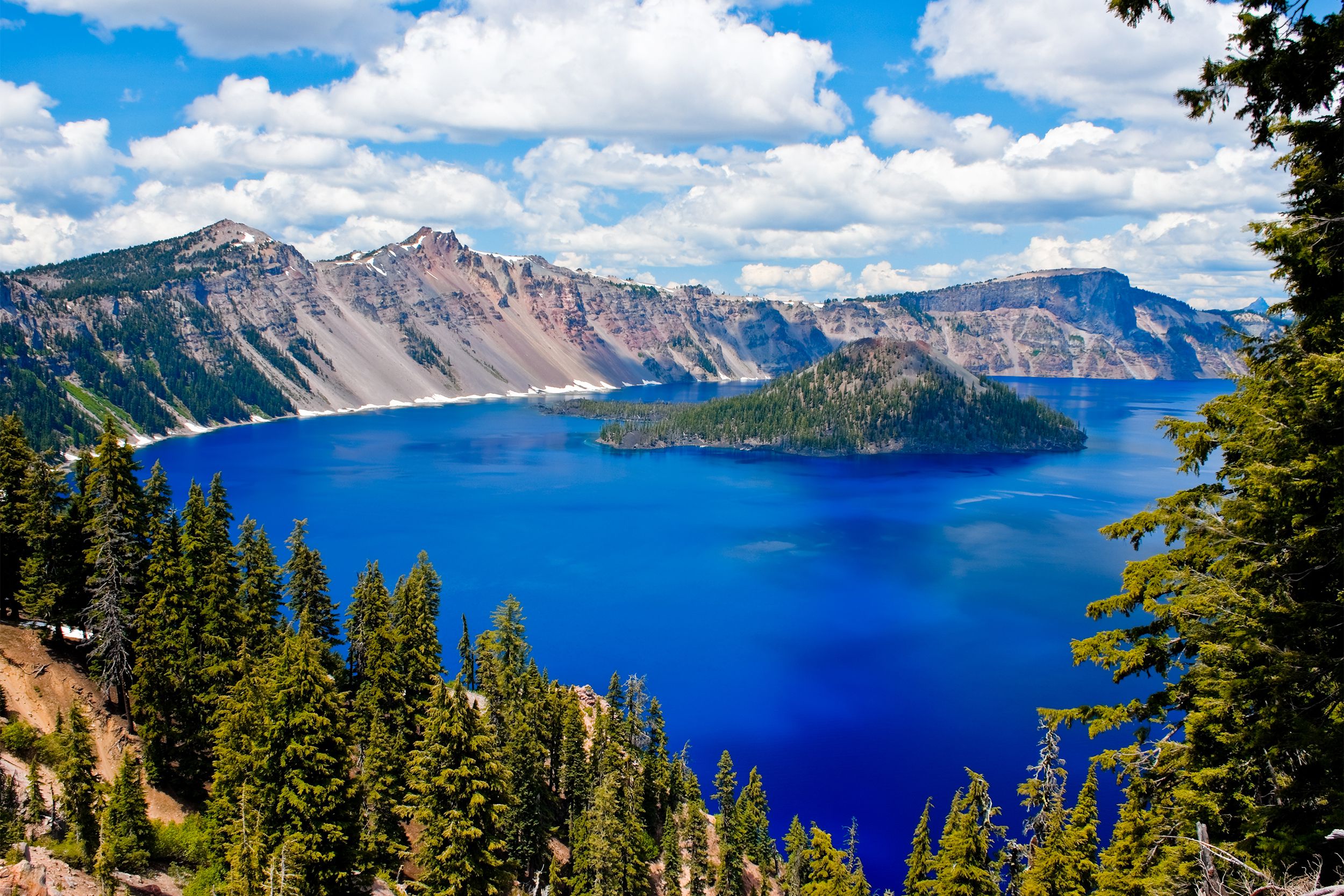
Created some 7,700 years ago through an eruption that caused the collapse of the volcano Mount Mazama, Crater Lake National Park is home to the deepest lake in the country and one of the most unspoiled in the world. Its stunning jewel-blue waters are simply unforgettable.
Related: Photos of Beautifully Serene Lakes Around the World
Cuyahoga Valley National Park | Ohio
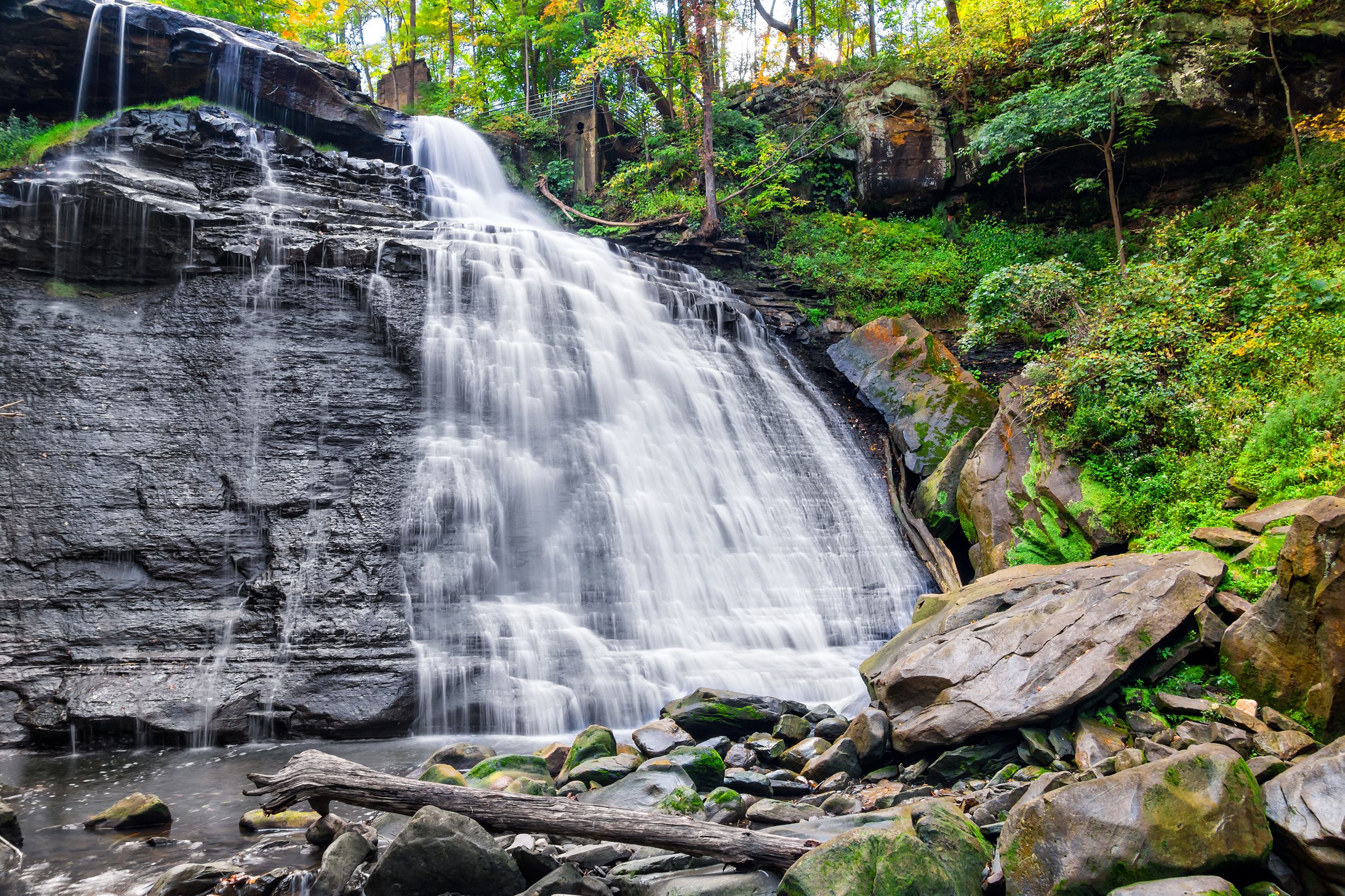
In addition to protecting 22 miles of the Cuyahoga River, this national park includes forests, rolling hills, waterfalls, wetlands, and even a few historic buildings. There are more than 900 plant species to be found in Cuyahoga, 194 species of birds, 32 mammals, 22 amphibians, and 20 species of reptiles.
Related: Awesome Views in All 50 States
Death Valley National Park | California and Nevada
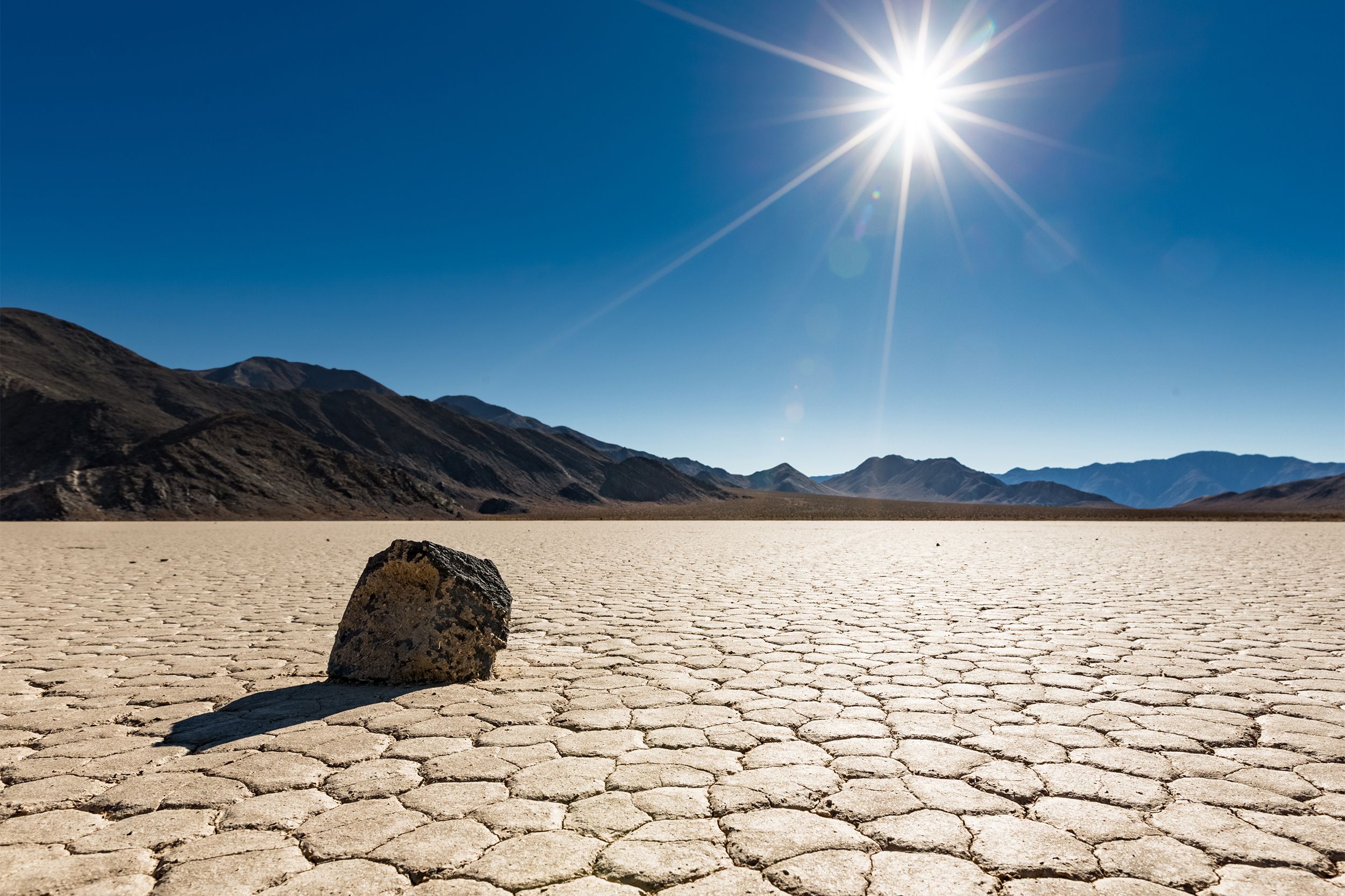
Death Valley’s main claims to fame are that it’s the hottest, driest, and lowest national park in the country. Located below sea level and famous for brutal summer heat and non-stop droughts, Death Valley is also where visitors will find expanses of wildflowers after a rain and even a rare oasis.
Related: Best National Parks to Visit in Winter
Denali National Park | Alaska
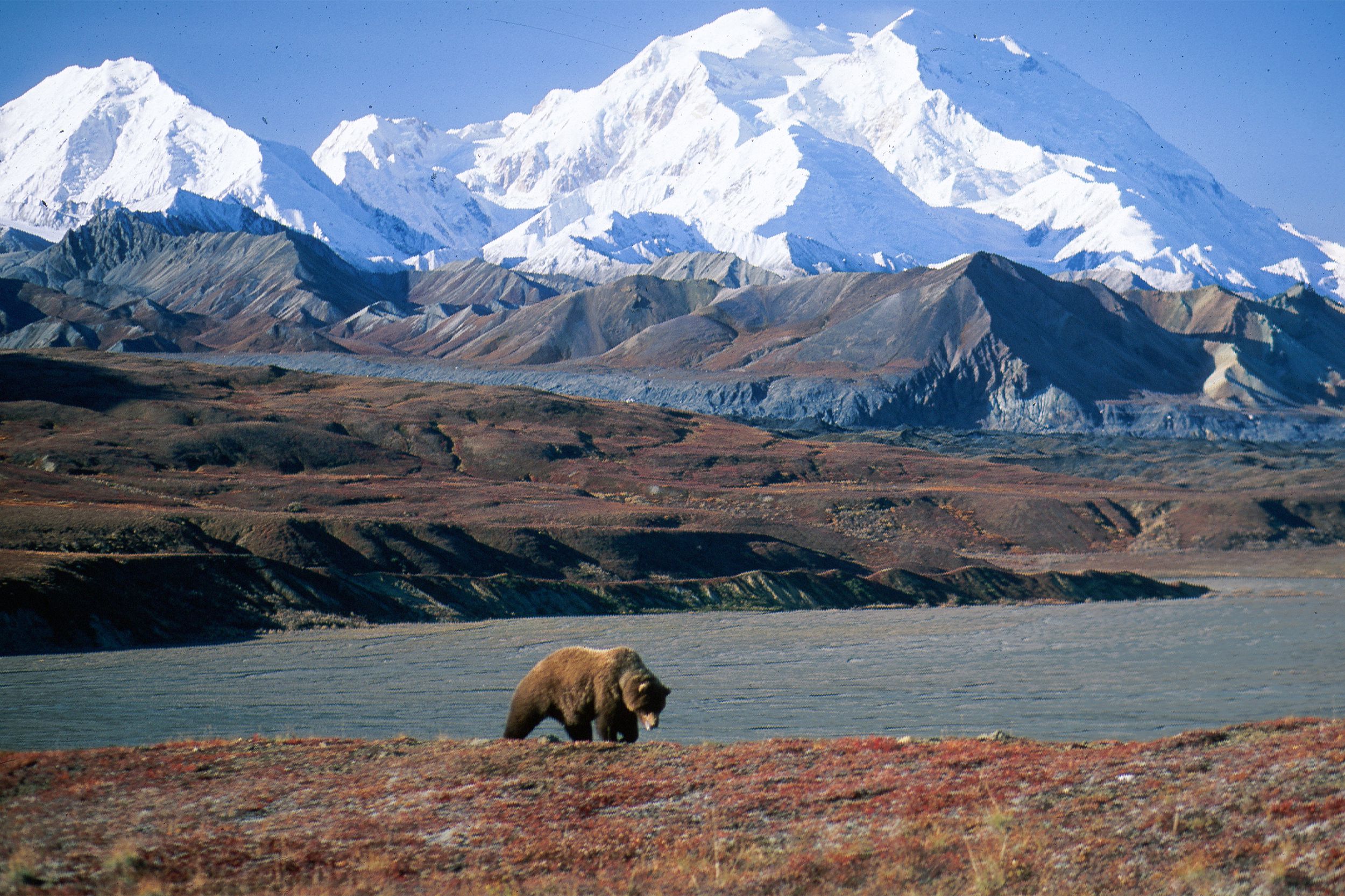
Spread over 6 million acres, Denali’s natural beauty includes taiga forest, high alpine tundra, and snowy mountains. It’s also home to the continent’s tallest peak. Visitors are awed by the many wild animals that live freely here.
Related: 50 Surprising Facts About America’s Favorite Summer Tourist Attractions
Dry Tortugas National Park | Florida

The remote Dry Tortugas National Park, about 70 miles west of Key West, is 100 square miles made up primarily of open water. There are also seven small islands. This park can only be explored by boat, or perhaps seaplane. Its highlights include Fort Jefferson, coral reefs, and a variety of bird life. Related: Spectacular Lighthouses Across America
Everglades National Park | Florida
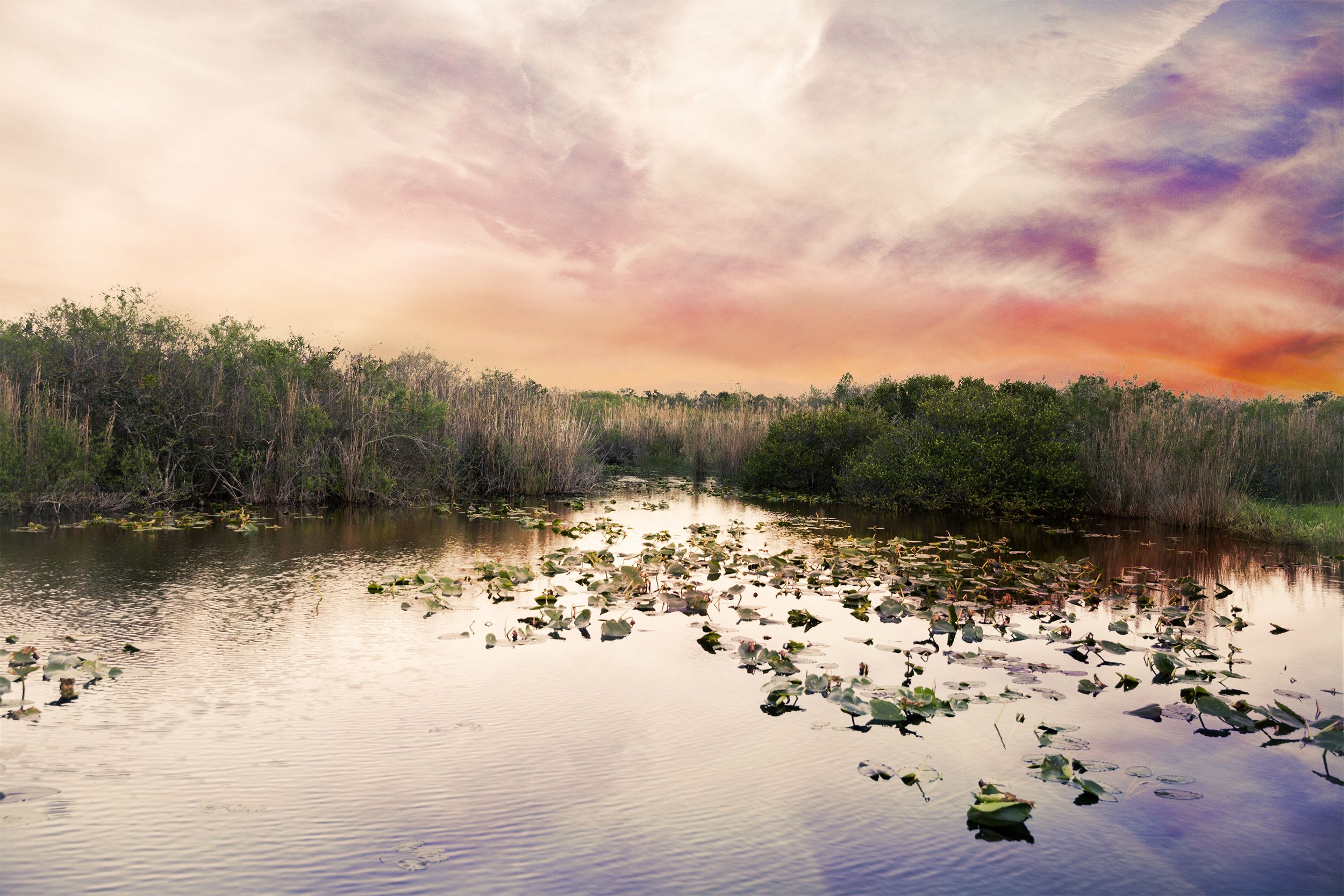
The special place is the most expansive subtropical wilderness in the United States. Everglades National Park provides critical habitat for many rare and endangered species including the beloved manatee and the rare Florida panther. This park has the distinctions of being a World Heritage Site, an International Biosphere Reserve, a Wetland of International Importance, and a specially protected area under the Cartagena Treaty.
Related: Bucket-List Places to Take Your Kids
Gates of the Arctic National Park | Alaska
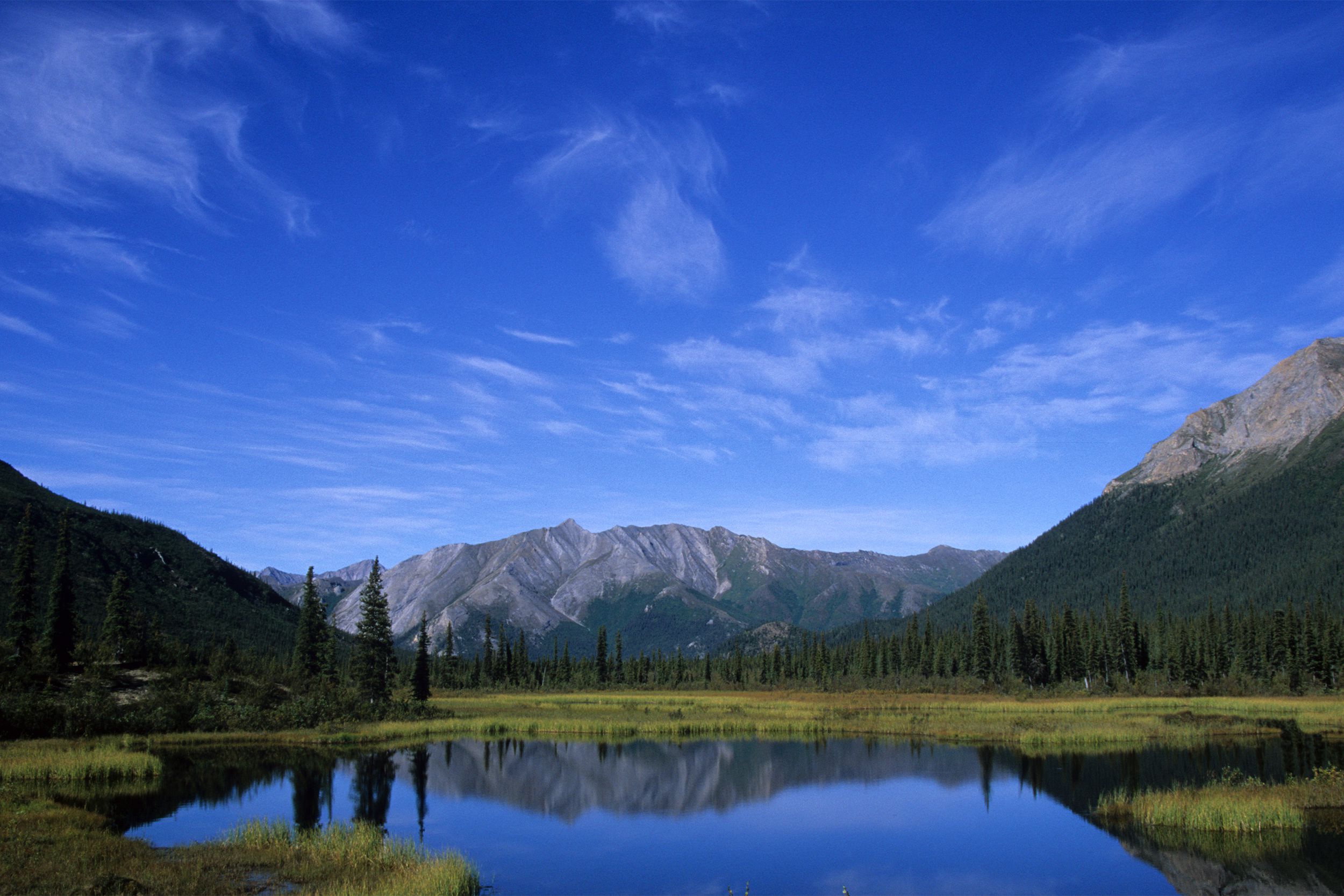
A remote landscape north of the Arctic Circle, there are no roads or trails in Gates of the Arctic National Park. Instead visitors, who visit primarily by plane, will find ecosystems that have existed for thousands of years. There are wild rivers, valleys created by glaciers, and skies illuminated by the aurora borealis.
Related: Best Places to See the Northern Lights on a Budget
Gateway Arch National Park | Missouri
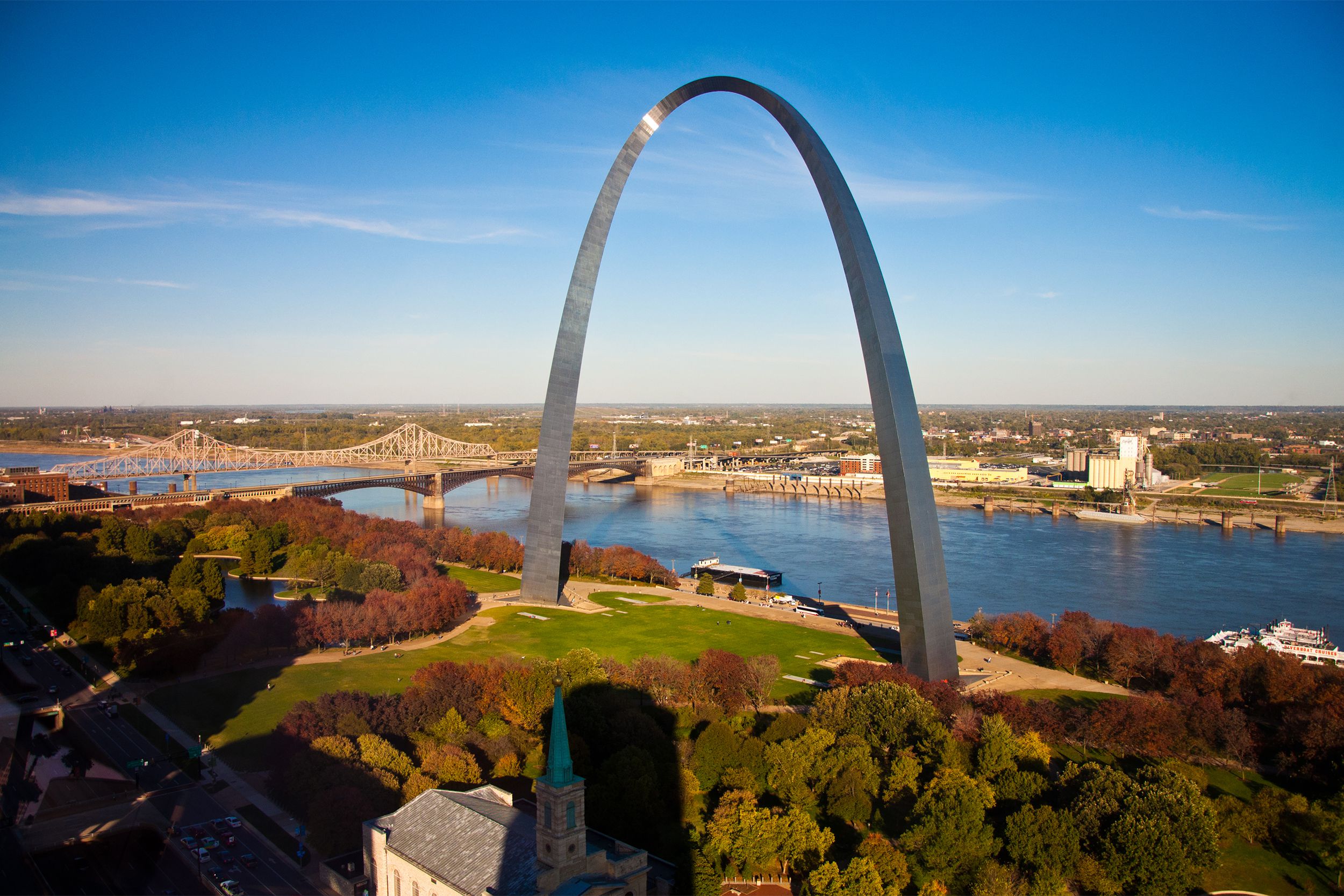
Nicknamed the “Gateway to the West,” St. Louis’ Gateway Arch was built as a memorial to honor Thomas Jefferson’s role in opening up America’s western frontier. It is the tallest humanmade monument in the country.
Related: The Most Patriotic Place in Each State
Glacier Bay National Park | Alaska
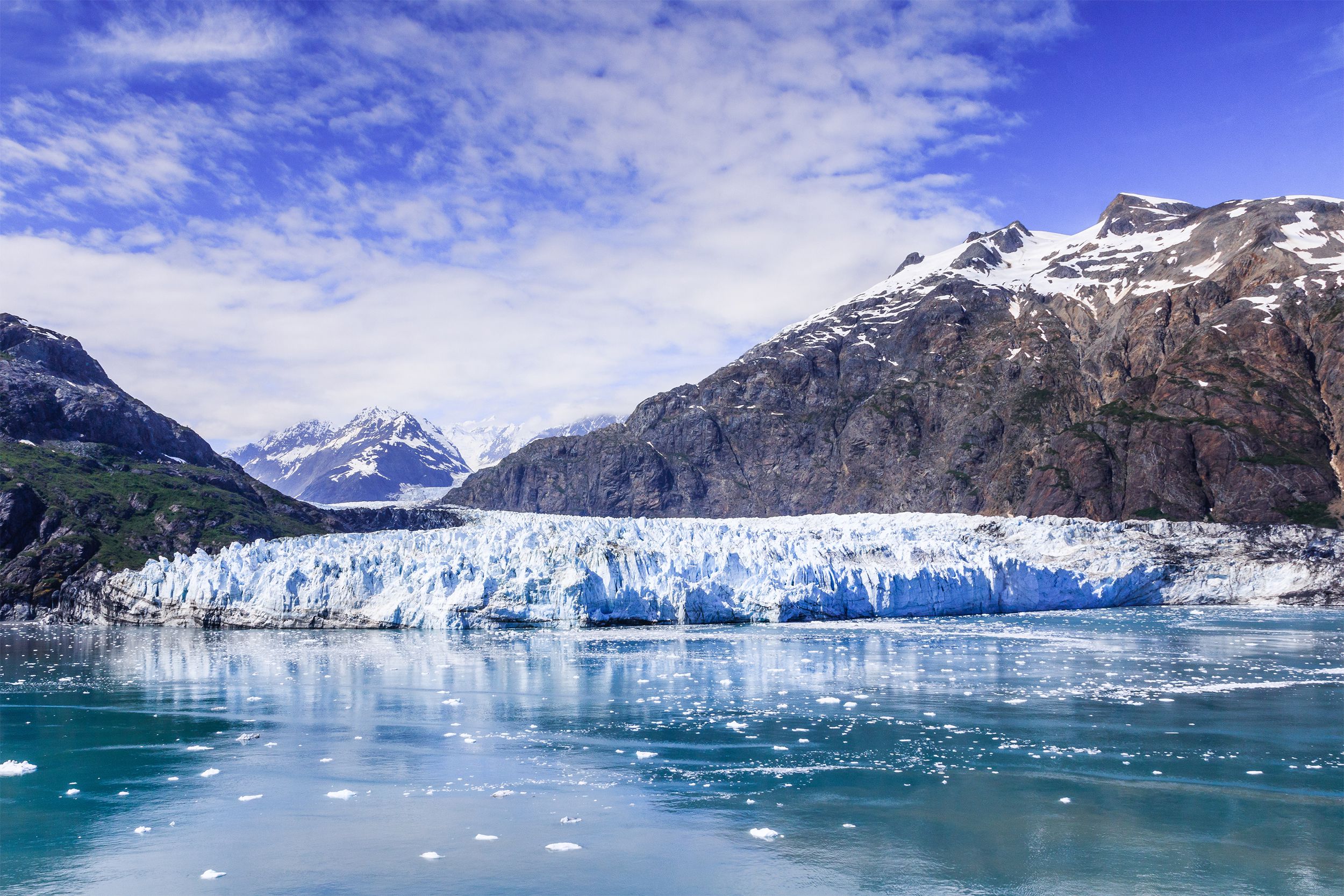
A 3.3 million-acre park typically explored by cruise ship, Glacier Bay features some of the planet’s most impressive remaining tidewater glaciers. The bay, which has experienced about four major glacial advances and four major retreats, has more than 50 named glaciers. There are also rugged mountains, rainforest, and fjords.
Related: Unforgettable Trips for People Over 50
Glacier National Park | Montana
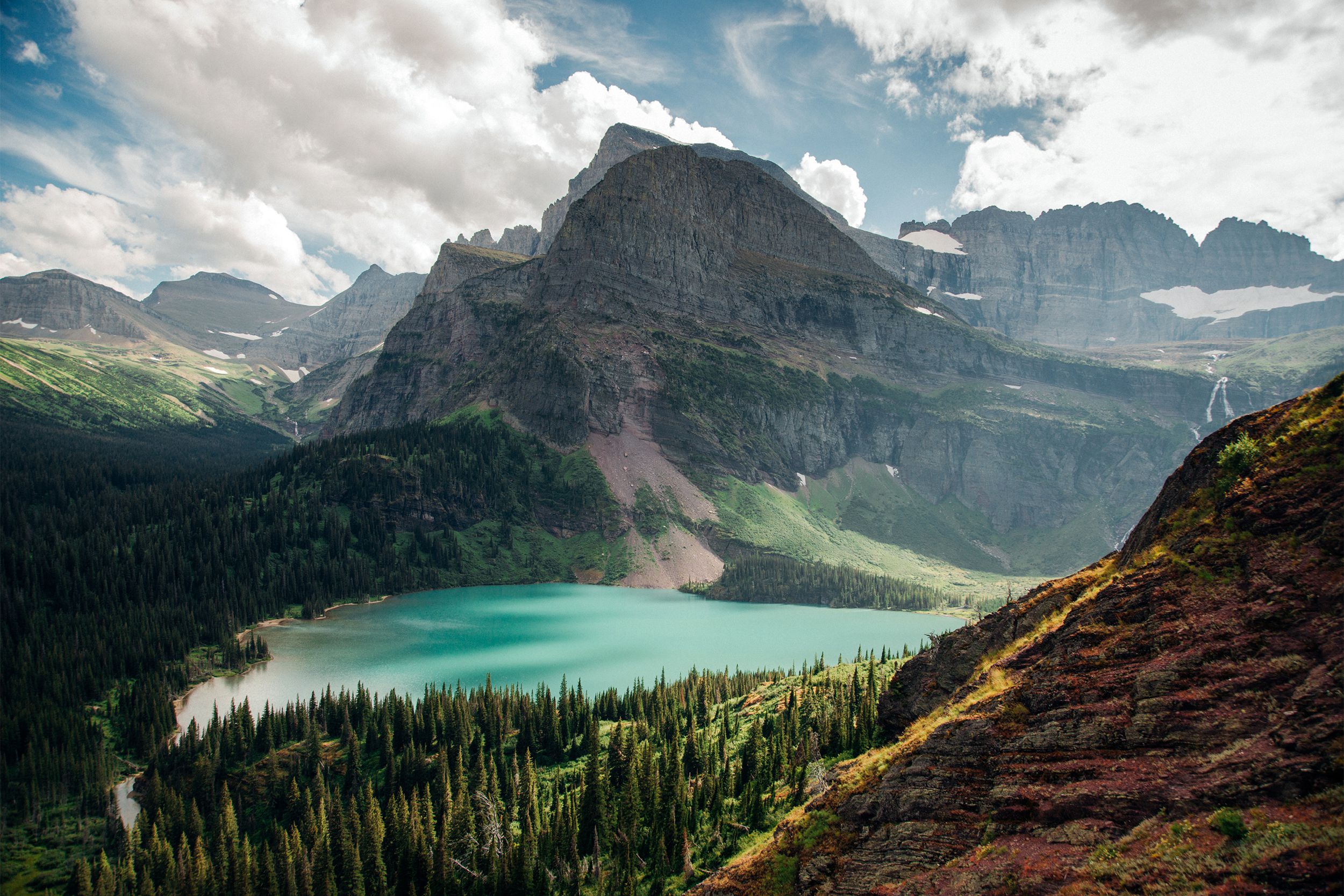
Named a national park in 1910, Glacier National Park has about 25 active glaciers dispersed among its 1 million acres and is home to “Going-to-the-Sun Road,” a 50-mile drive said to offer some of the most unforgettable views in Montana. Other park highlights include pristine forests, alpine meadows, and lakes.
Related: Money-Saving Tips for Visiting National Parks
Grand Canyon National Park | Arizona
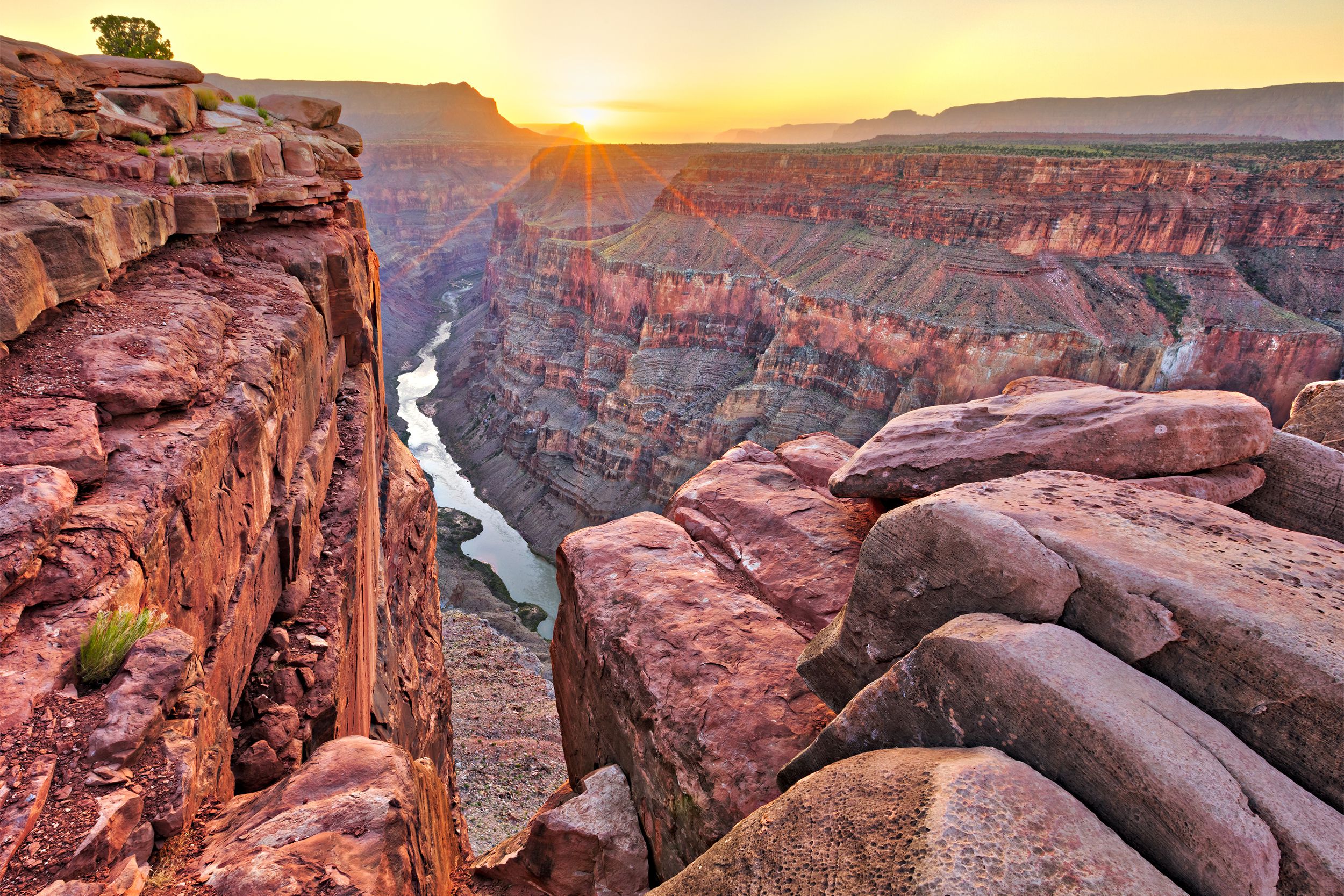
Grand Canyon National Park is one of the most famous national parks in the country. By some accounts, the Colorado River began carving the Grand Canyon about 6 million years ago. Other studies suggest this stunning canyon, which is 6,093 feet deep in some places, may date back as far as 70 million years.
Related: The Best Remote Vacation Spot in Every State
Grand Teton National Park | Wyoming
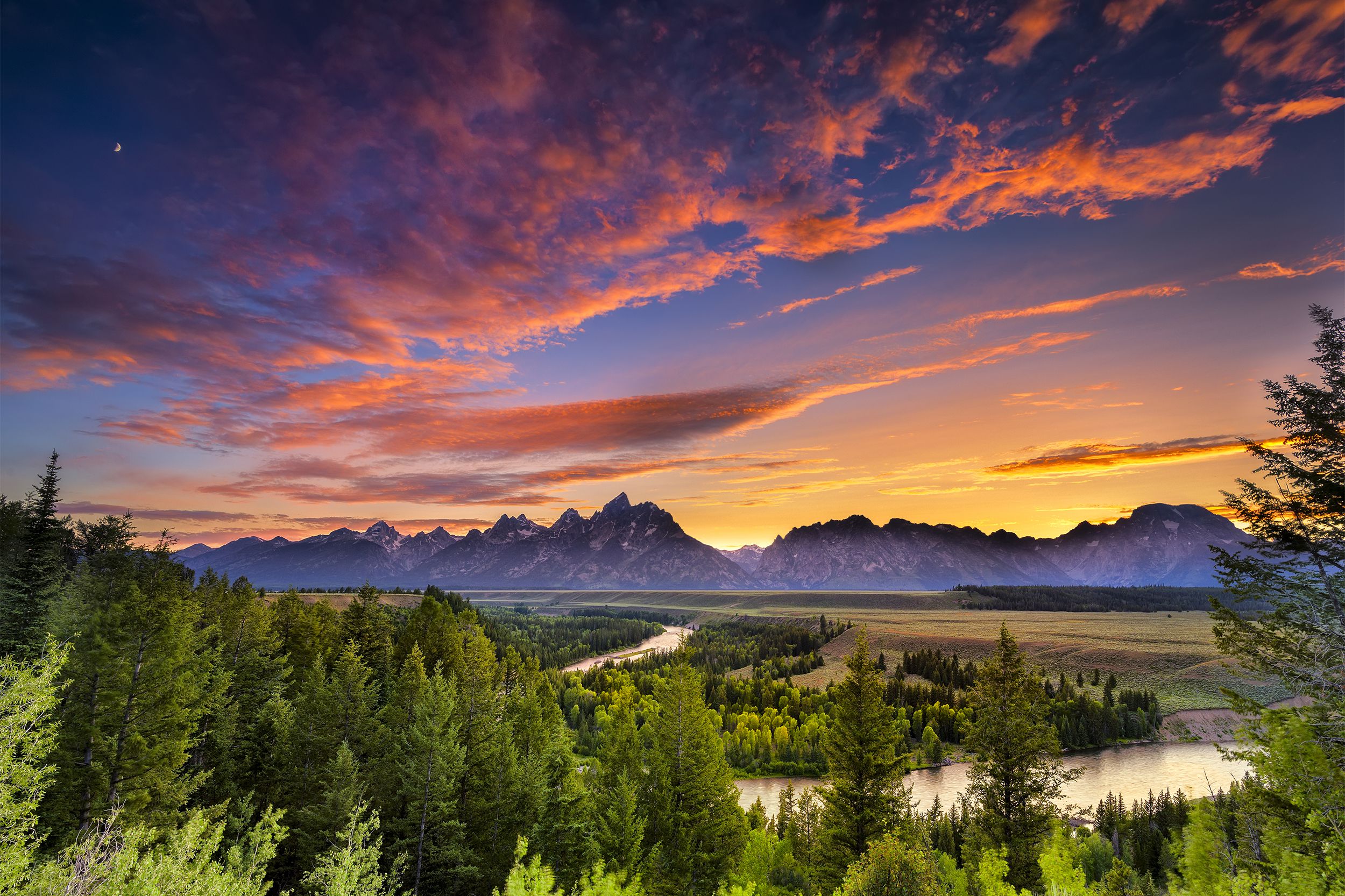
Often visited in conjunction with nearby Yellowstone National Park, Grand Teton offers 310,000 sweeping acres made up of meadows, lakes, and, of course, the namesake Teton Range. There are also 200 miles of trails here and the Snake River, offering yet another way to take-in this breathtaking landscape.
Related: Serene and Secluded Lakes Worth the Drive
Great Basin National Park | Nevada
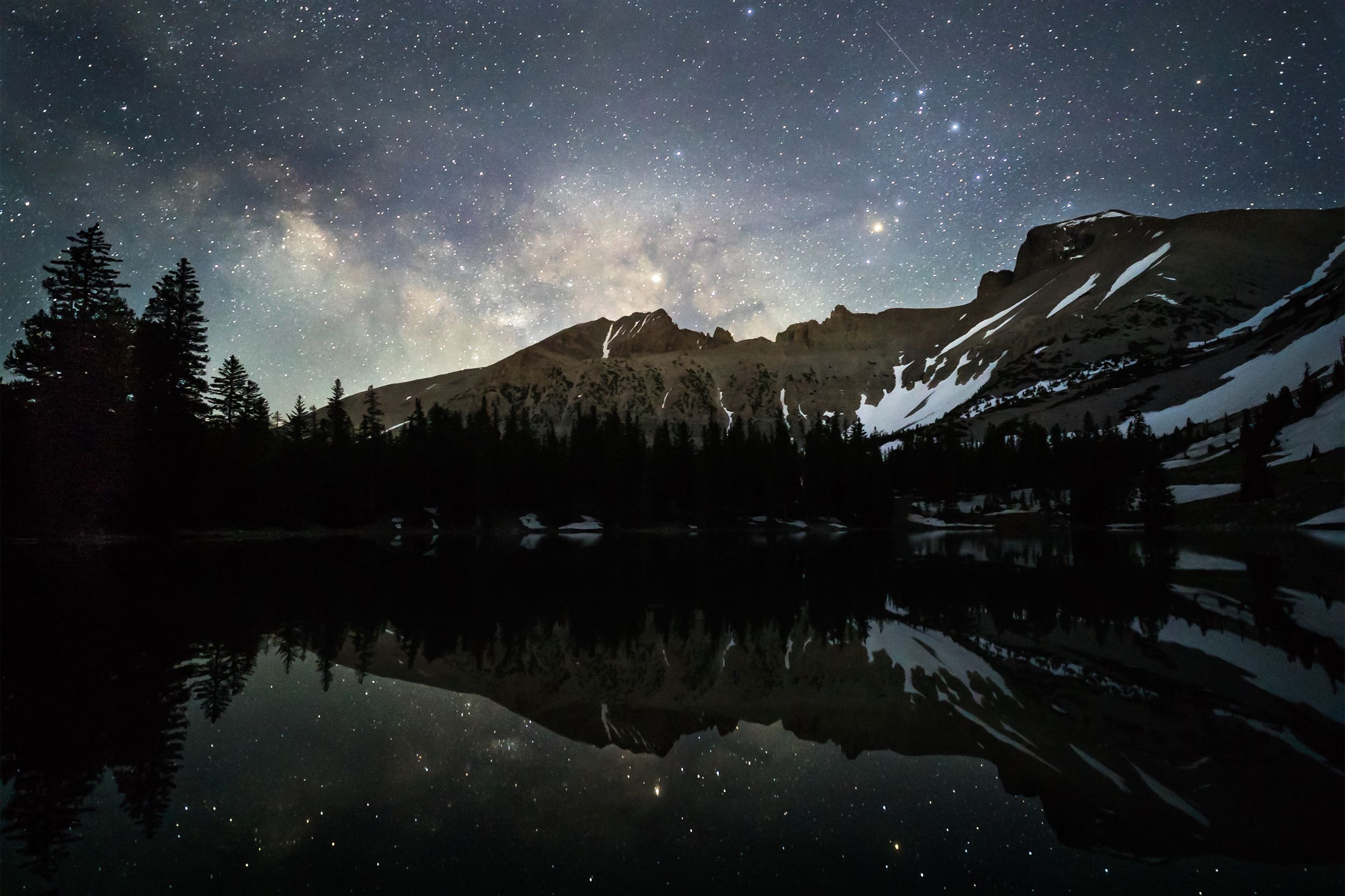
With its alpine lakes, limestone caverns, and some of the oldest trees on the planet, Great Basin National Park is a nature lover’s dream. Park visitors will also find some of the darkest night skies in the country.
Great Sand Dunes National Park | Colorado
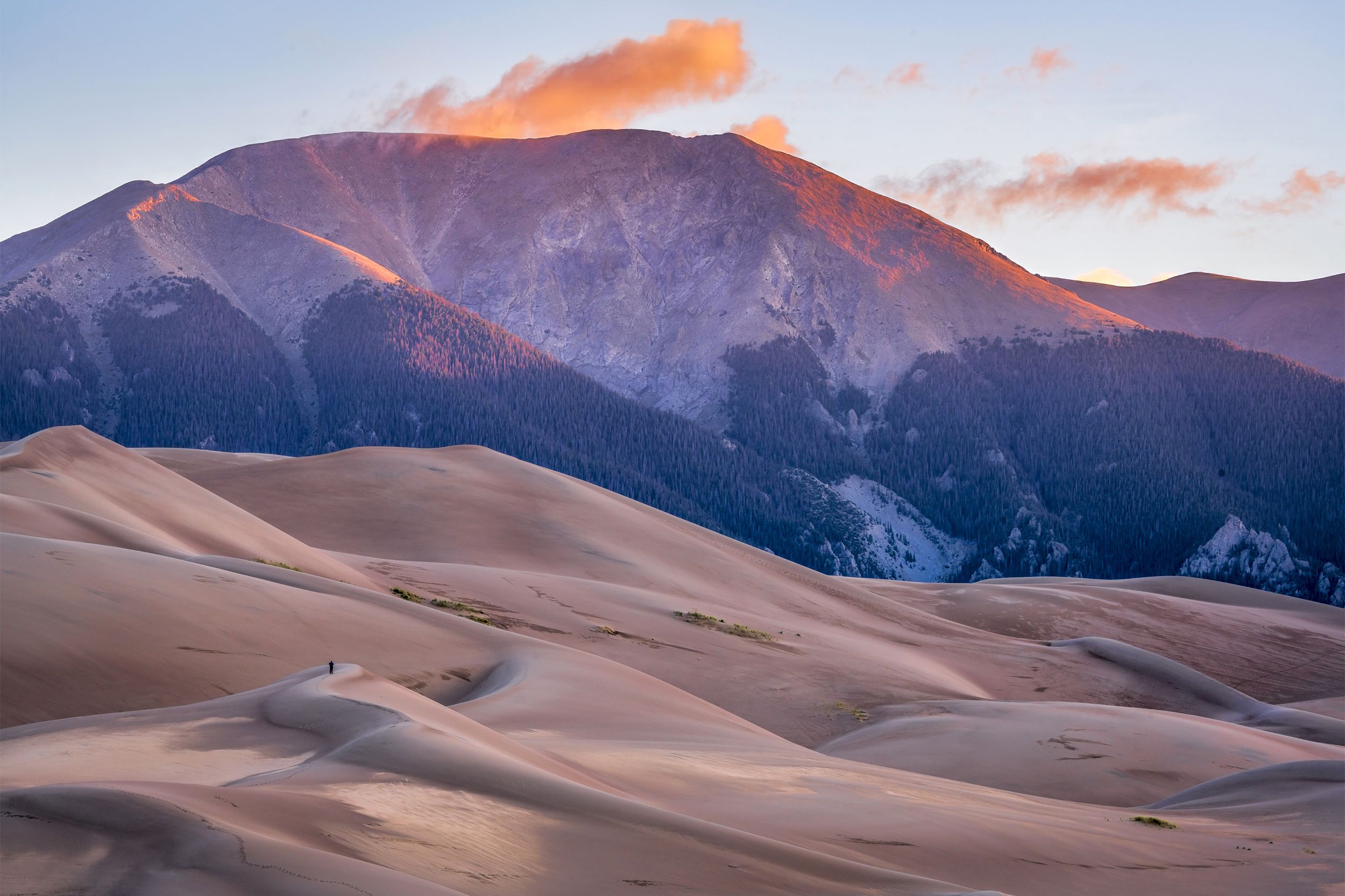
Spread over 30 square miles in southern Colorado, Great Sand Dunes National Park has the unique claim of being home to the tallest sand dune in North America, which is 750-feet high and takes five hours to hike round-trip. This diverse park also contains grasslands, wetlands, conifer and aspen forests, alpine lakes, and even tundra.
Related: Gorgeous Spots for Spring Hiking and Camping on a Budget
Great Smoky Mountains National Park | Tennessee and North Carolina
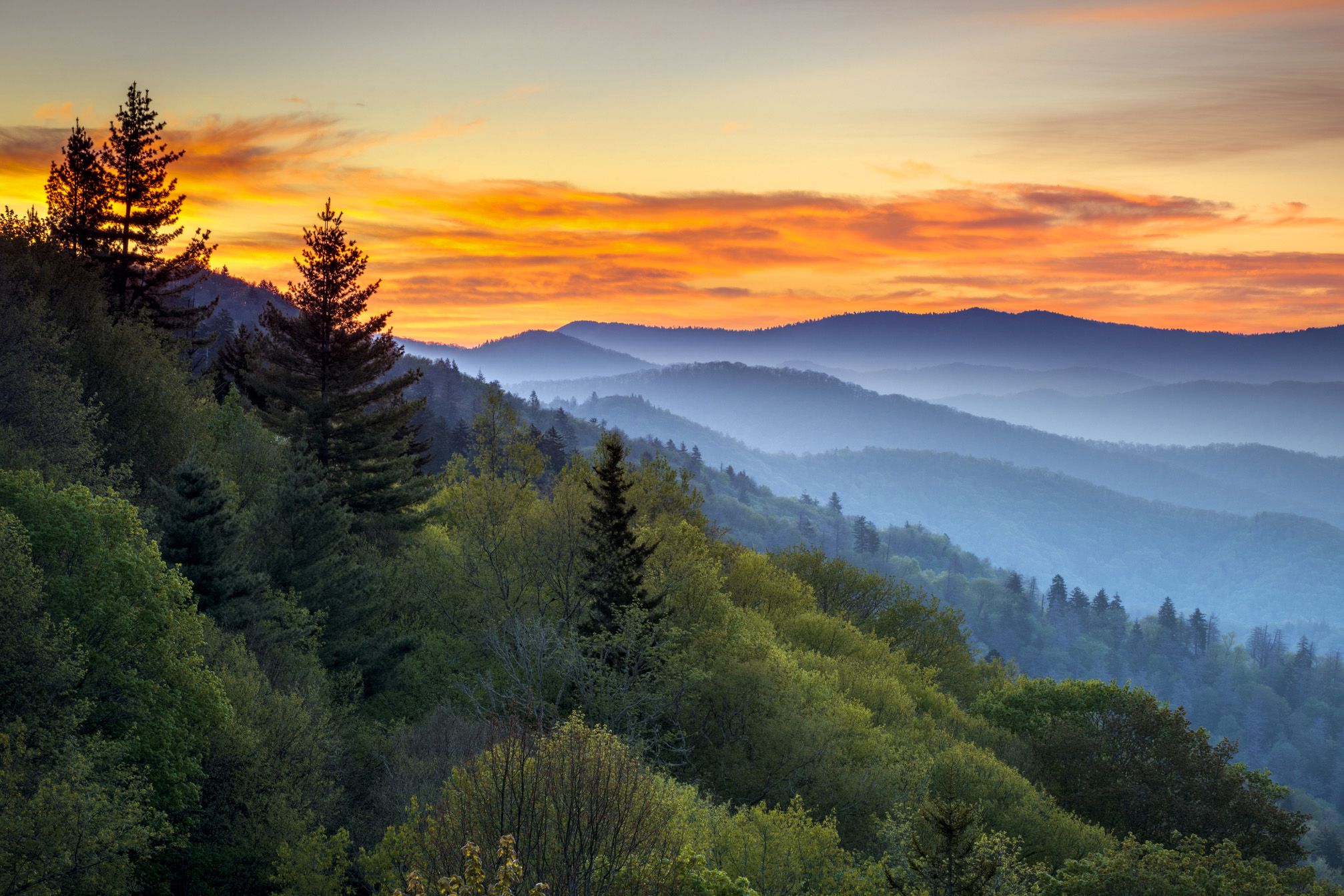
Famous for its picturesque expanses of forest, as well as its diverse plant and animal life, Great Smoky Mountains National Park protects an ancient mountain range and is the most visited national park in the country.
Related: Epic Motorcycle Rides Across America We Can’t Wait to Take
Guadalupe Mountains National Park | Texas
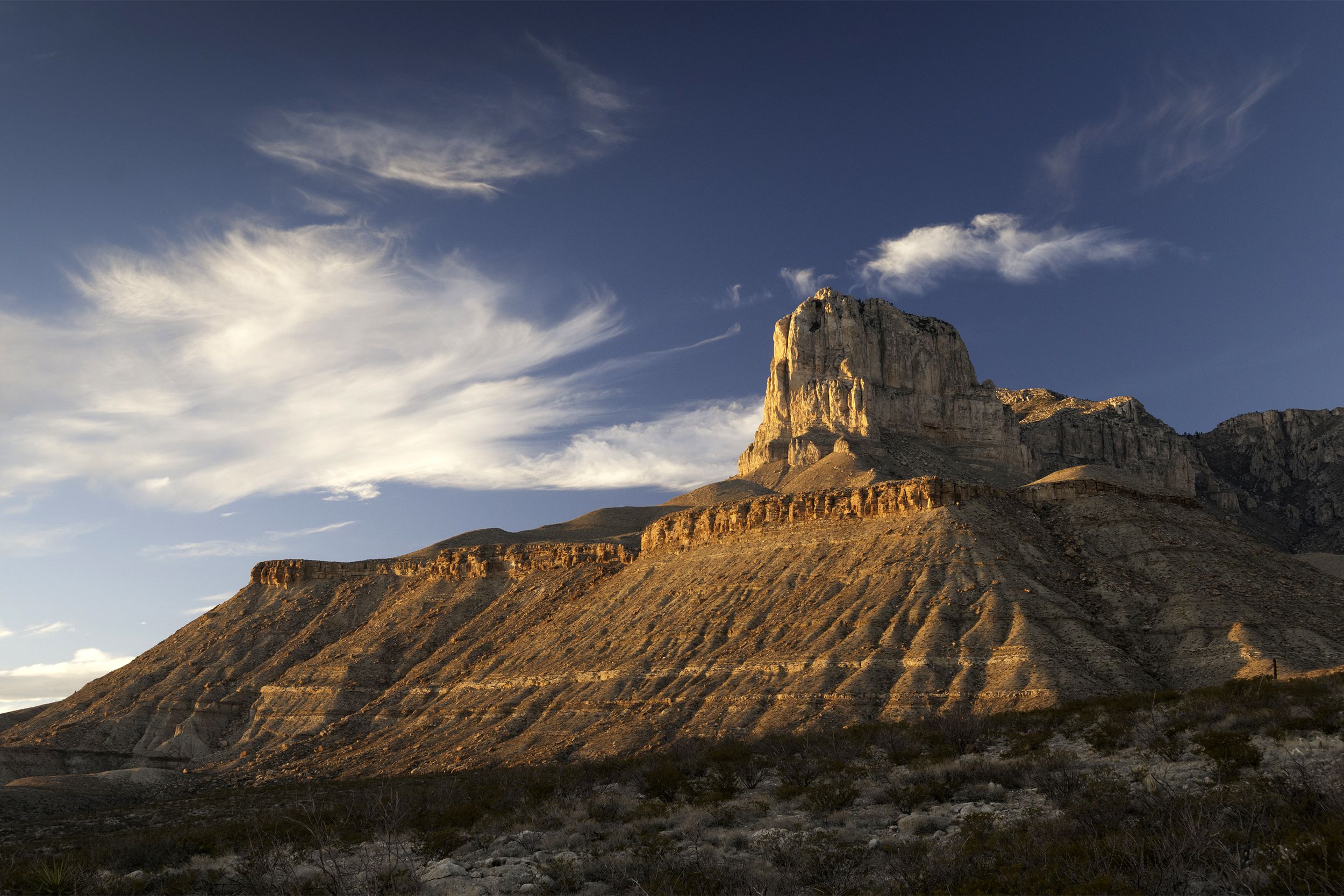
Within the boundaries of Guadalupe Mountains National Park, visitors will find the four highest peaks in Texas. There’s also a diverse array of flora and fauna here, as well as canyons, desert, and dunes.
Haleakalā National Park | Hawaii
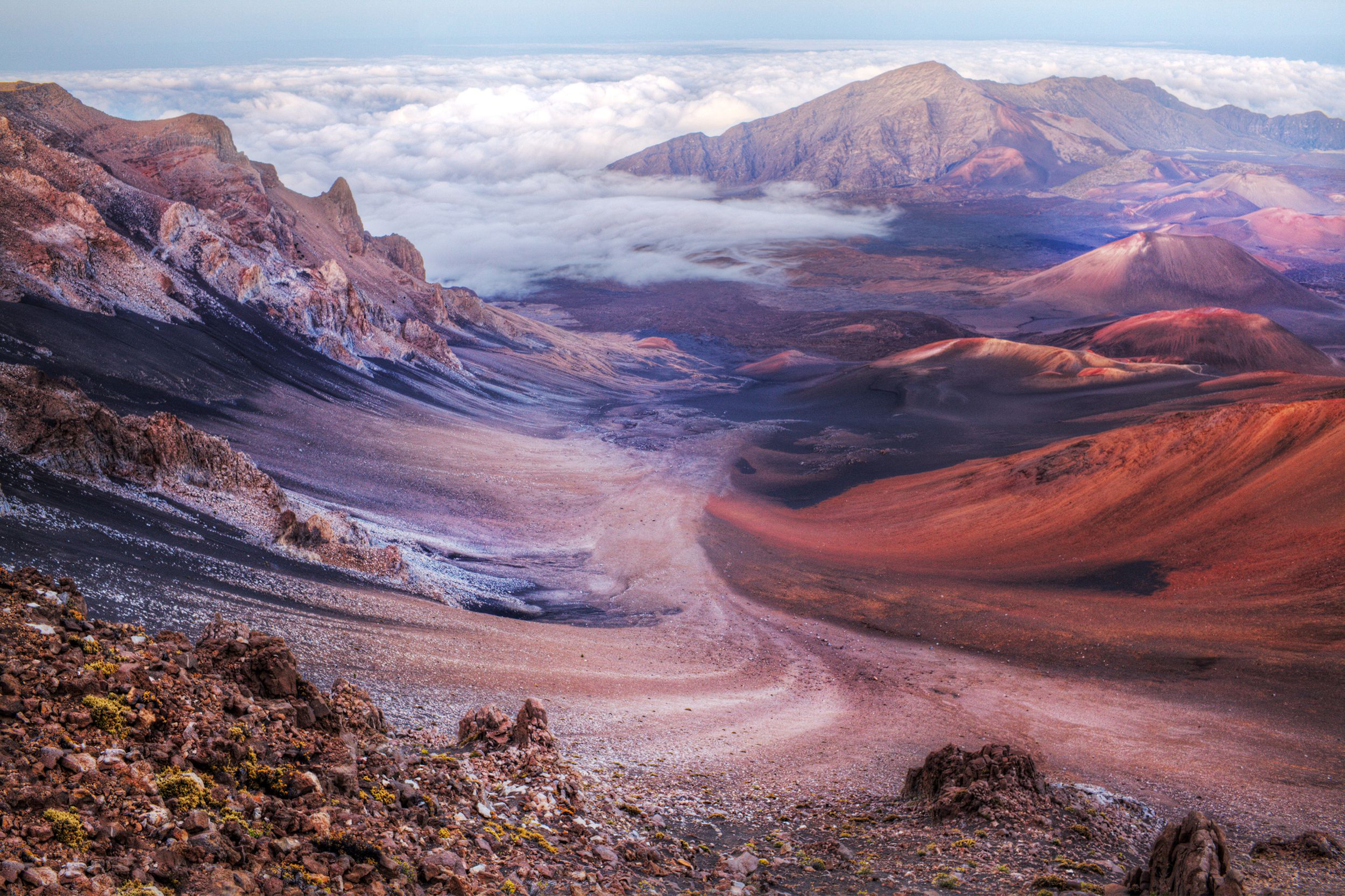
This 34,000-acre landscape includes everything from subtropical, coastal rain forest to volcanoes, and there are animal species in Haleakalā National Park that are not found anywhere else on the planet — including the Hawaiian hoary bat and the Haleakalā flightless moth.
Related: The Best of Hawaii on a Budget
Hawaii Volcanoes National Park | Hawaii
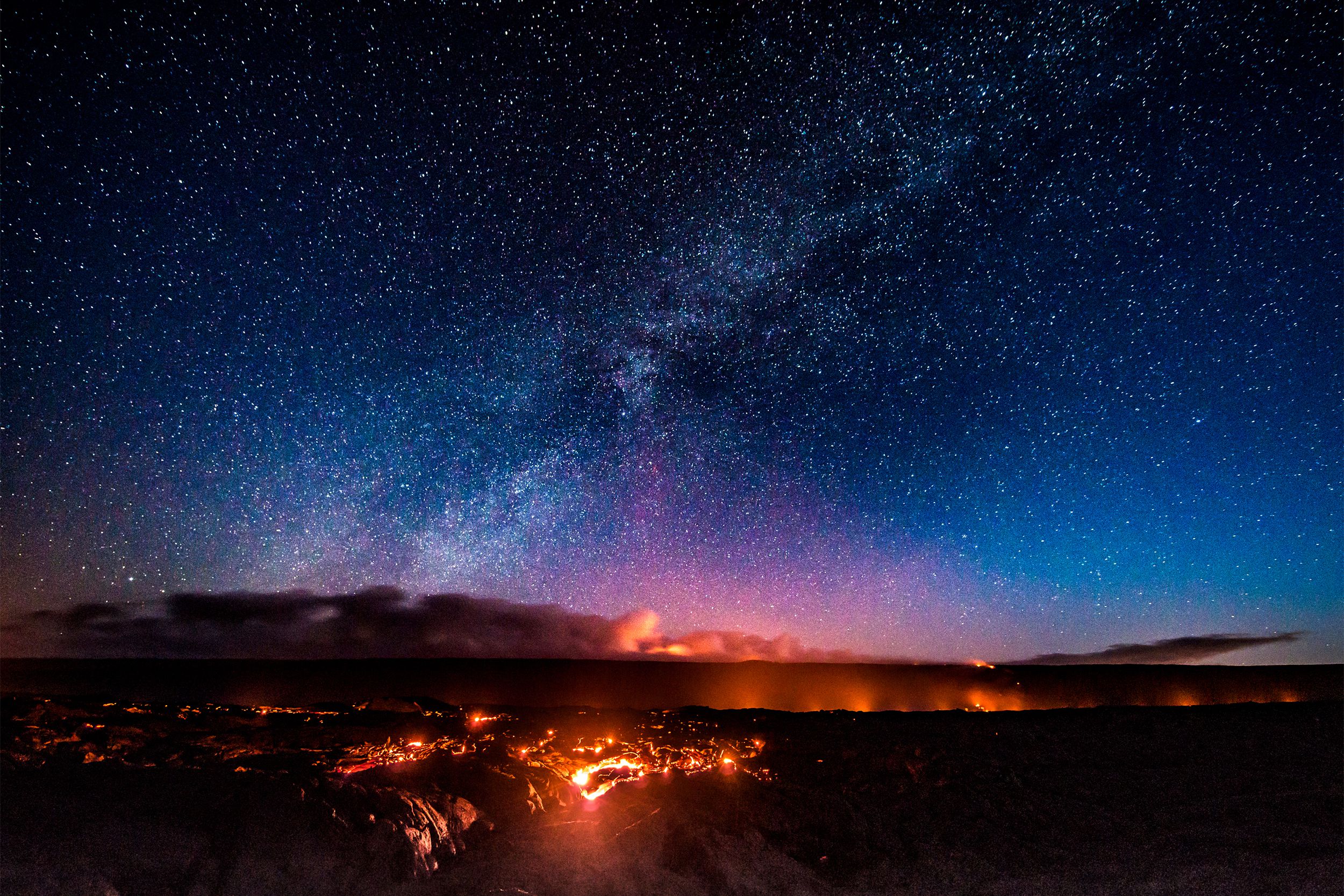
As the name indicates, this unique and fascinating national park offers a place to experience volcanoes up close (if you’re bold enough). There’s also a variety of other striking geological, biological, and cultural landscapes to be seen in this sprawling, 335,259-acre preserve that begins at sea level and rises to 13,677 feet. Scalded deserts, rainforests, and petroglyphs are among the diverse highlights here.
Hot Springs National Park | Arkansas
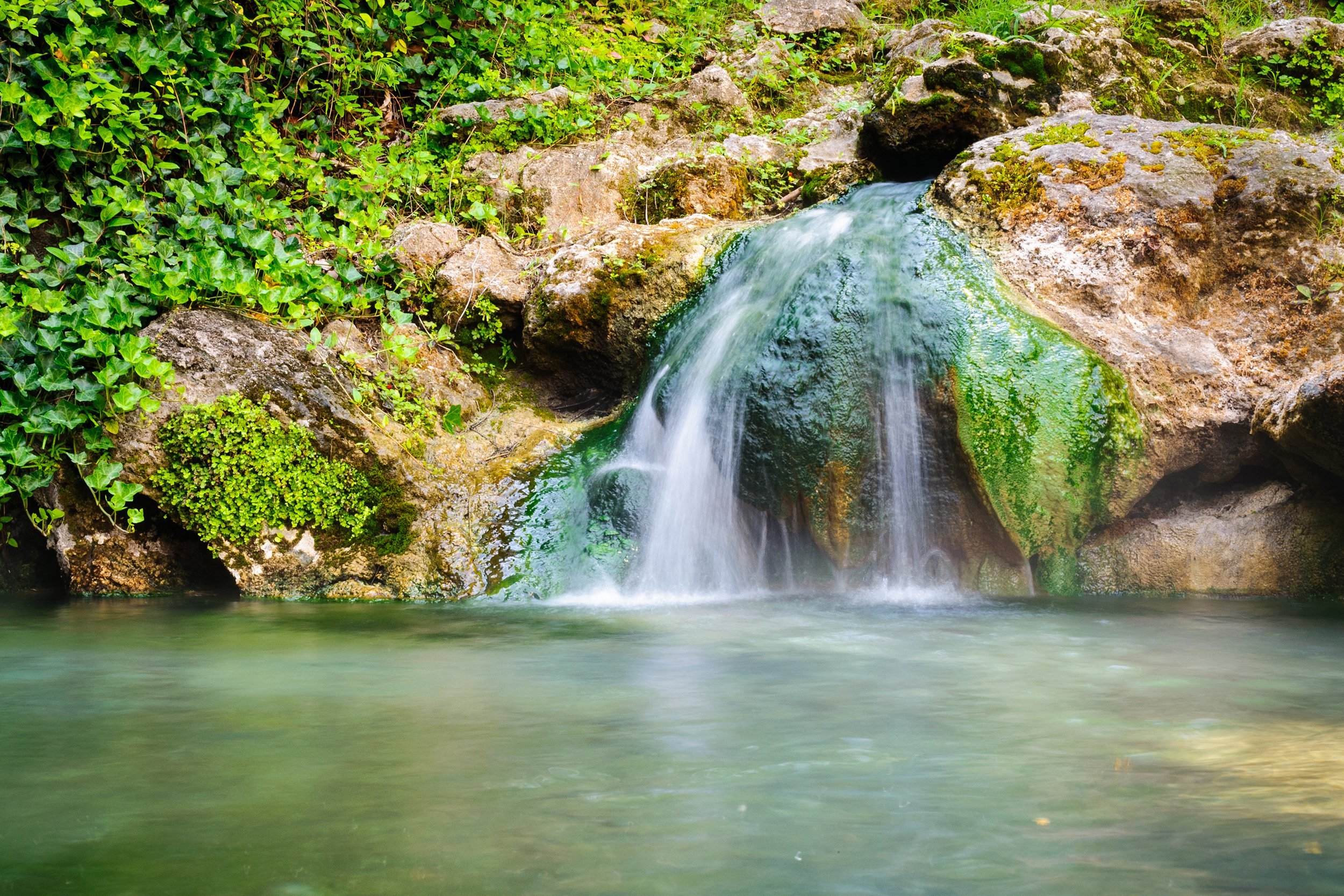
Hot Springs National Park surrounds part of the city of Hot Springs. There are 47 hot springs as well as miles of hiking trails winding through the Ouachita Mountains.
Related: Natural Hot Springs to Shake Off Winter’s Chill
Indiana Dunes National Park | Indiana

A natural wonder created by glacial sand from the east and west sides of a 300-mile Lake Michigan, the Indiana Dunes have been carved over time by wind and waves nearly as powerful as those generated by an ocean. The 15,000-acre park is home to rare birds, sandy beach, and 50 miles of trails that wind through rugged dunes, wetlands, prairies, and forests.
Related: Amazing Places to Take a Selfie in All 50 States
Isle Royale National Park | Michigan
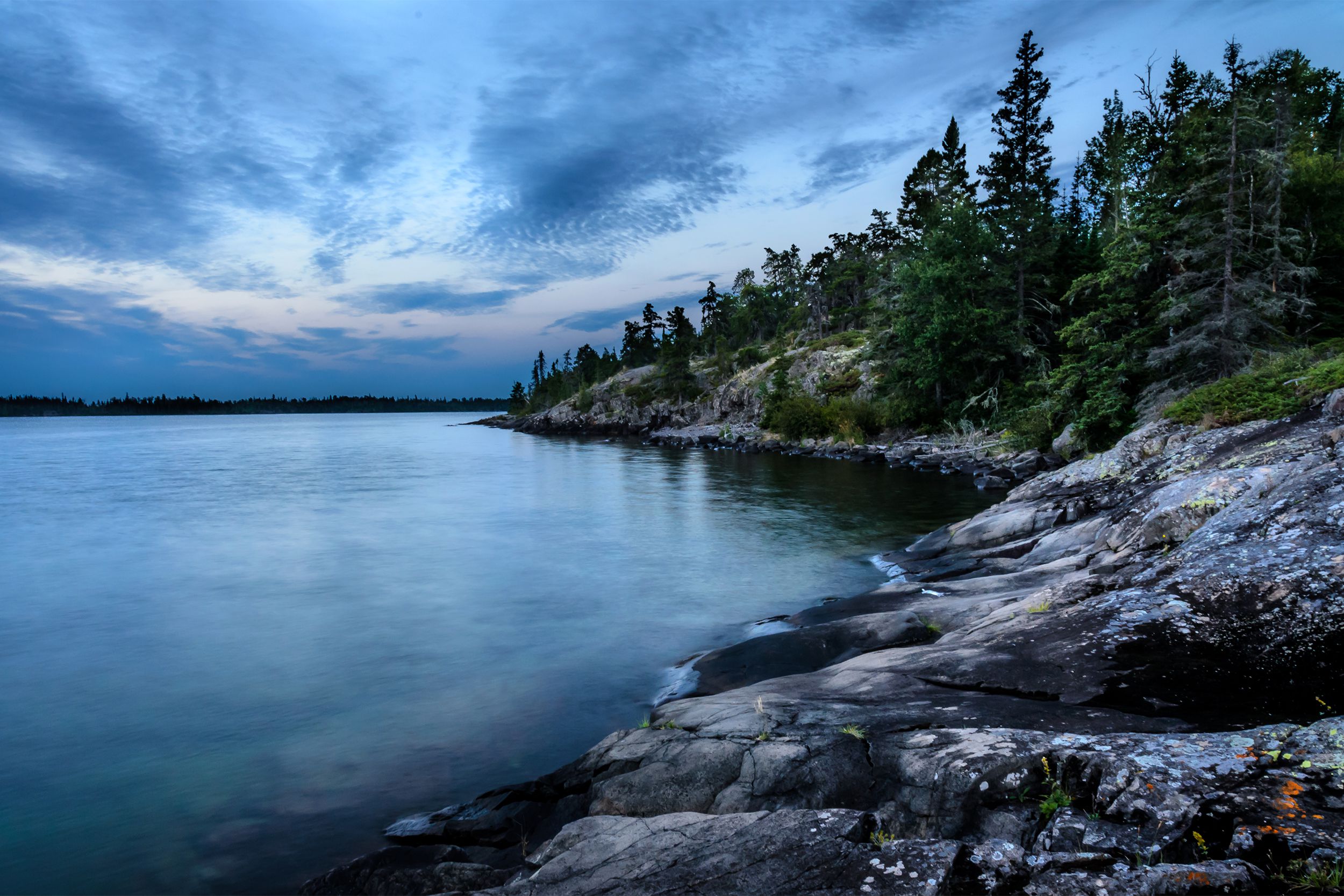
This national park has the distinction of being both the least visited and the most revisited national park. Located in Lake Superior and accessible only by boat or plane, the park’s landscape was created by glaciers and the world’s largest lava flow.
Related: The Best Hidden Gem in Every State
Joshua Tree National Park | California
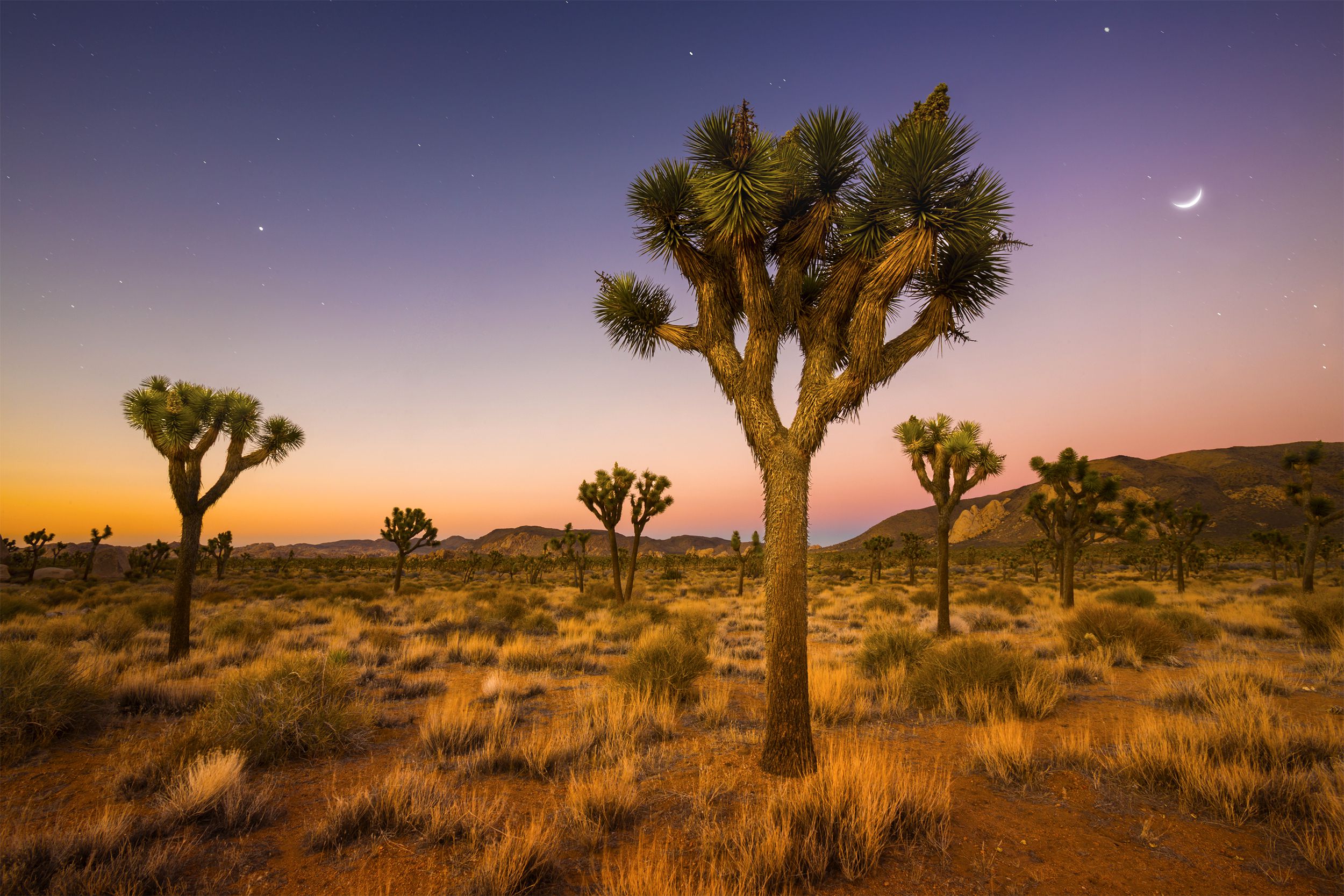
Named after the odd, prickly wonder that is the Joshua Tree, this Southern California park encompasses the Colorado and Mojave deserts. Within its striking and vast expanses (the park is some 800,000 acres), there’s a variety of plants and animals as well as sand dunes, dry lakes, and rugged mountains.
Related: RV Retirement Spots for Snowbirds
Katmai National Park | Alaska
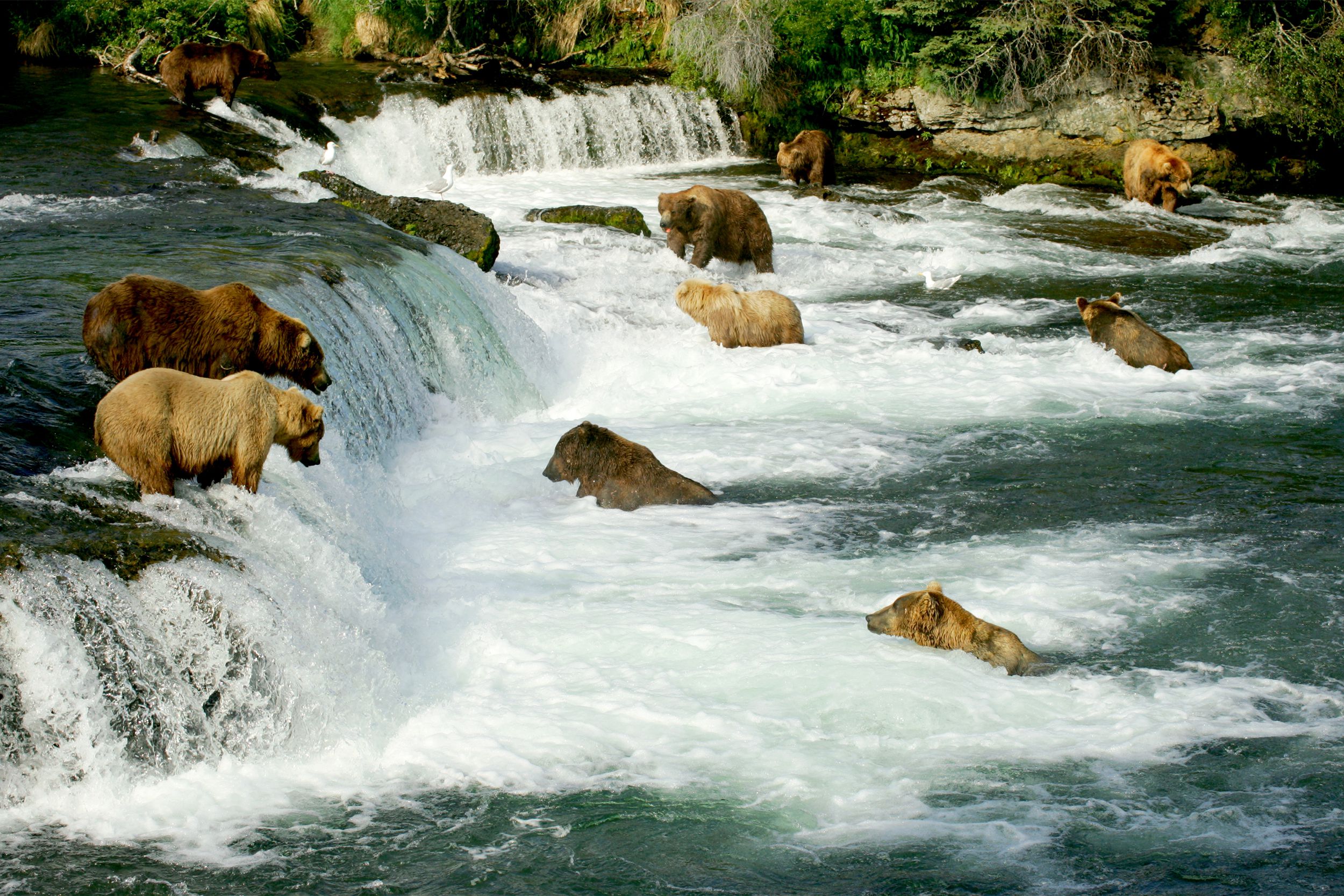
A national park that dates back to 1918, Katmai was created to protect a volcanically devastated region. Today, it is perhaps best known as an important habitat for salmon and brown bears.
Related: Best Places to See Wild Animals Up Close
Kenai Fjords National Park | Alaska
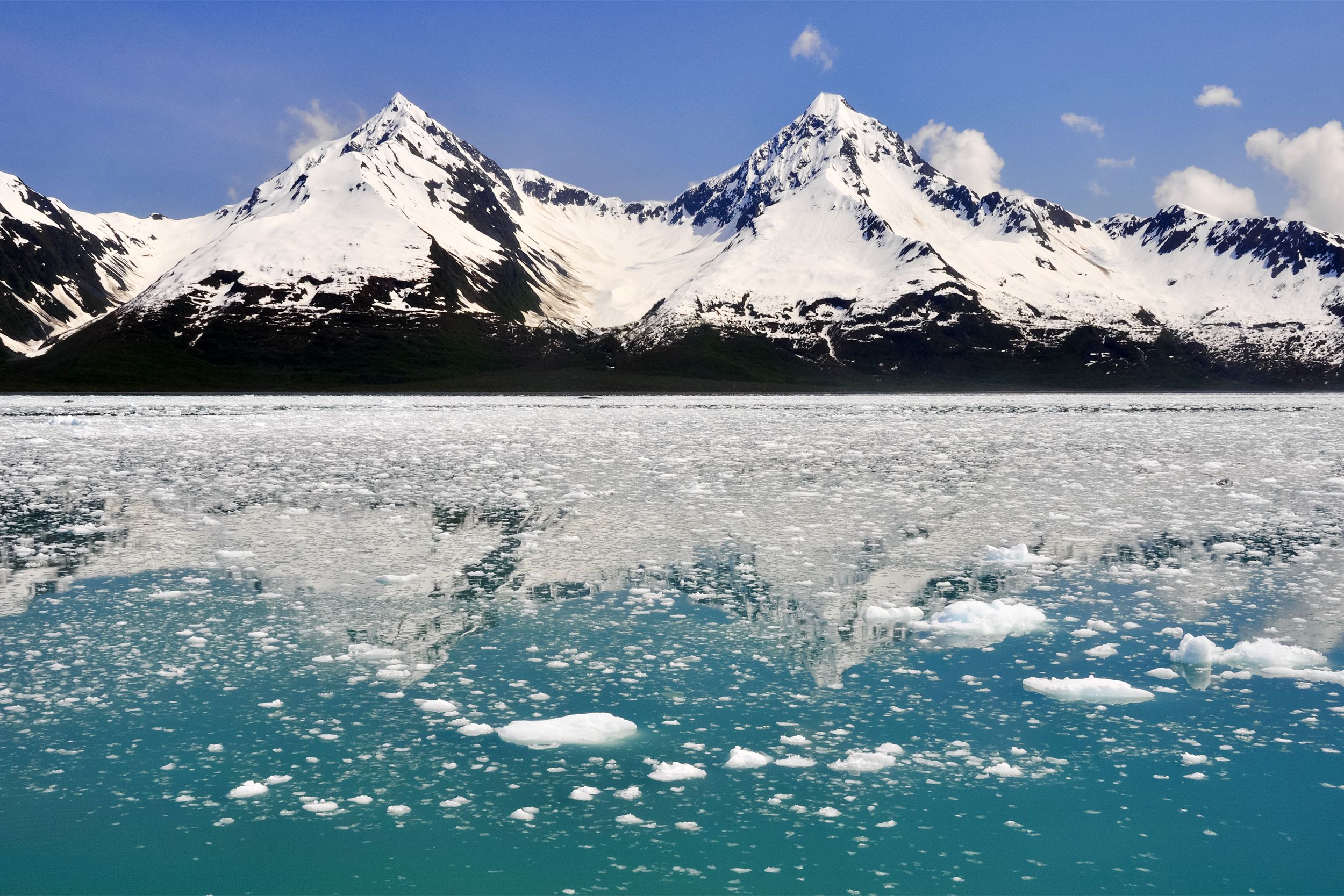
If there’s any place left on the planet where the Ice Age can be said to survive, it is perhaps Kenai Fjords National Park. About 40 glaciers are found within among lush forests and thriving wildlife. Even here, though, glaciers are shrinking as global warming takes its toll.
Related: Travel Destinations Where One Visit Isn’t Enough
Kings Canyon National Park | California
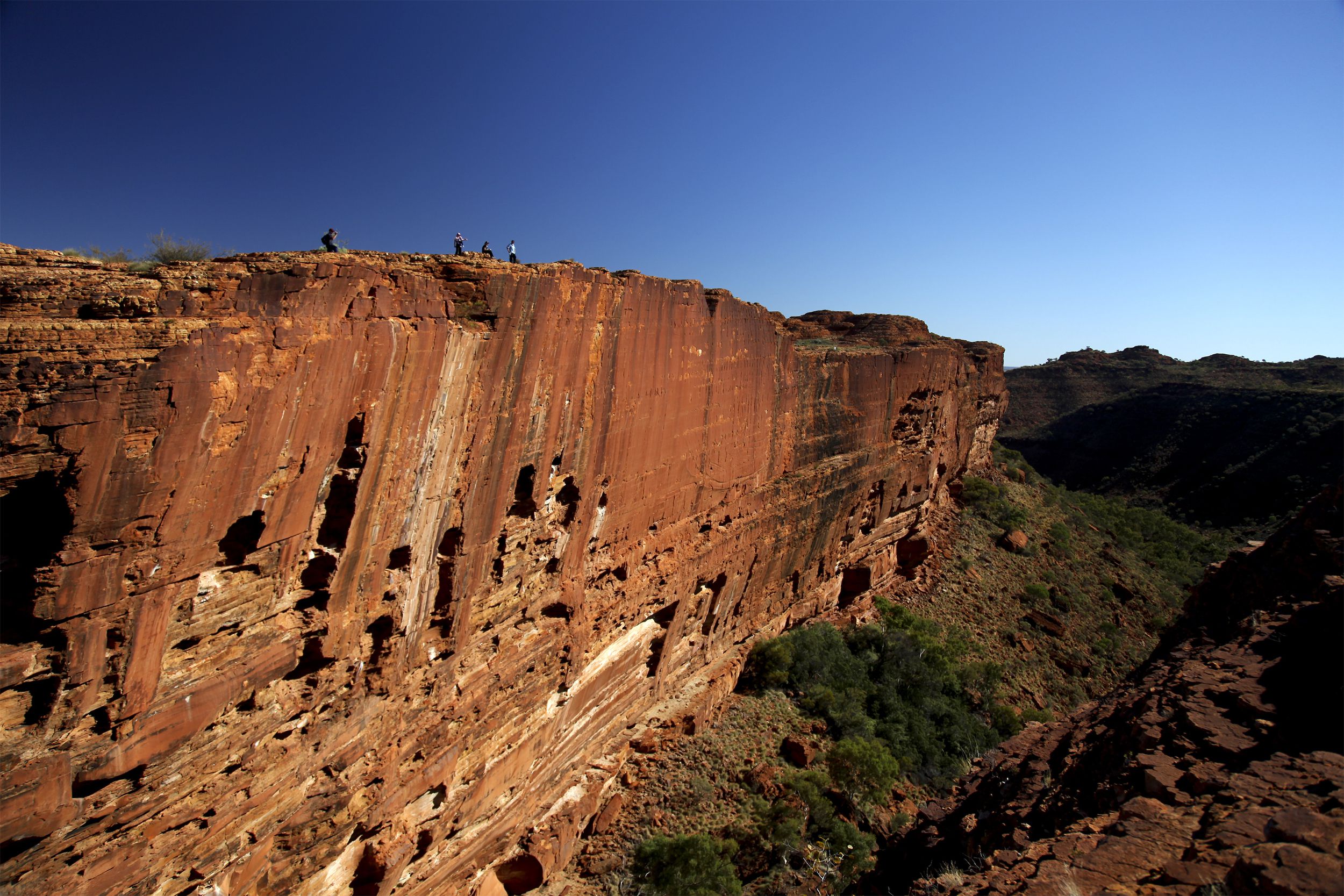
Home to the deepest canyon in the country, Kings Canyon is more than just valleys. There are towering sequoia trees and striking rock outcroppings in a park that some say rivals Yosemite in its offerings.
Related: The Best of California For Budget Vacations
Kobuk Valley National Park | Alaska

Lake Clark National Park | Alaska
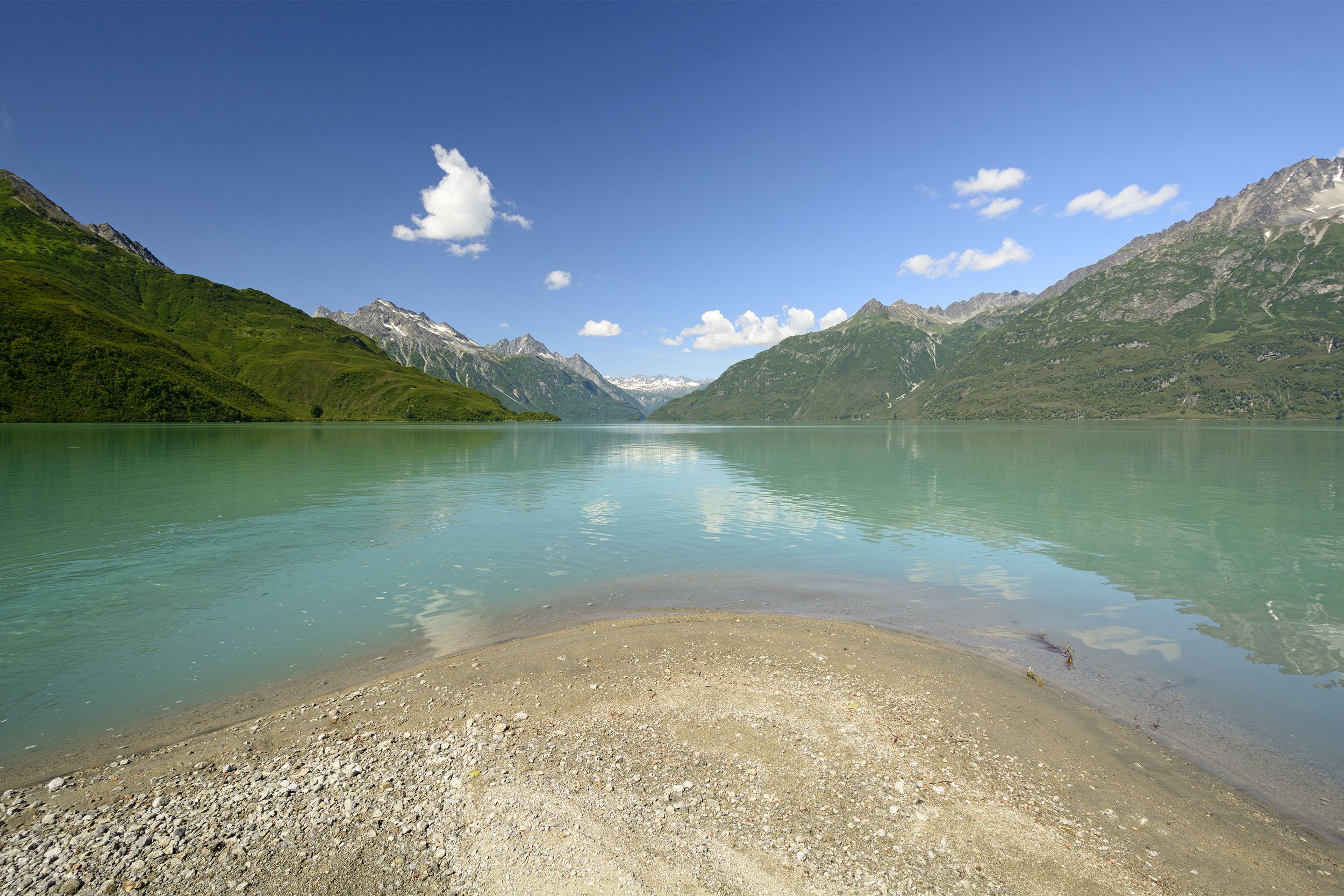
Named after a dramatic, turquoise-colored lake that’s fed by glaciers, waterfalls, rivers, and streams, this national park includes volcanoes, mountains, tundra, forest, and meadows.
Related: Incredible Photos of Wild Animals Across America
Lassen Volcanic National Park | California
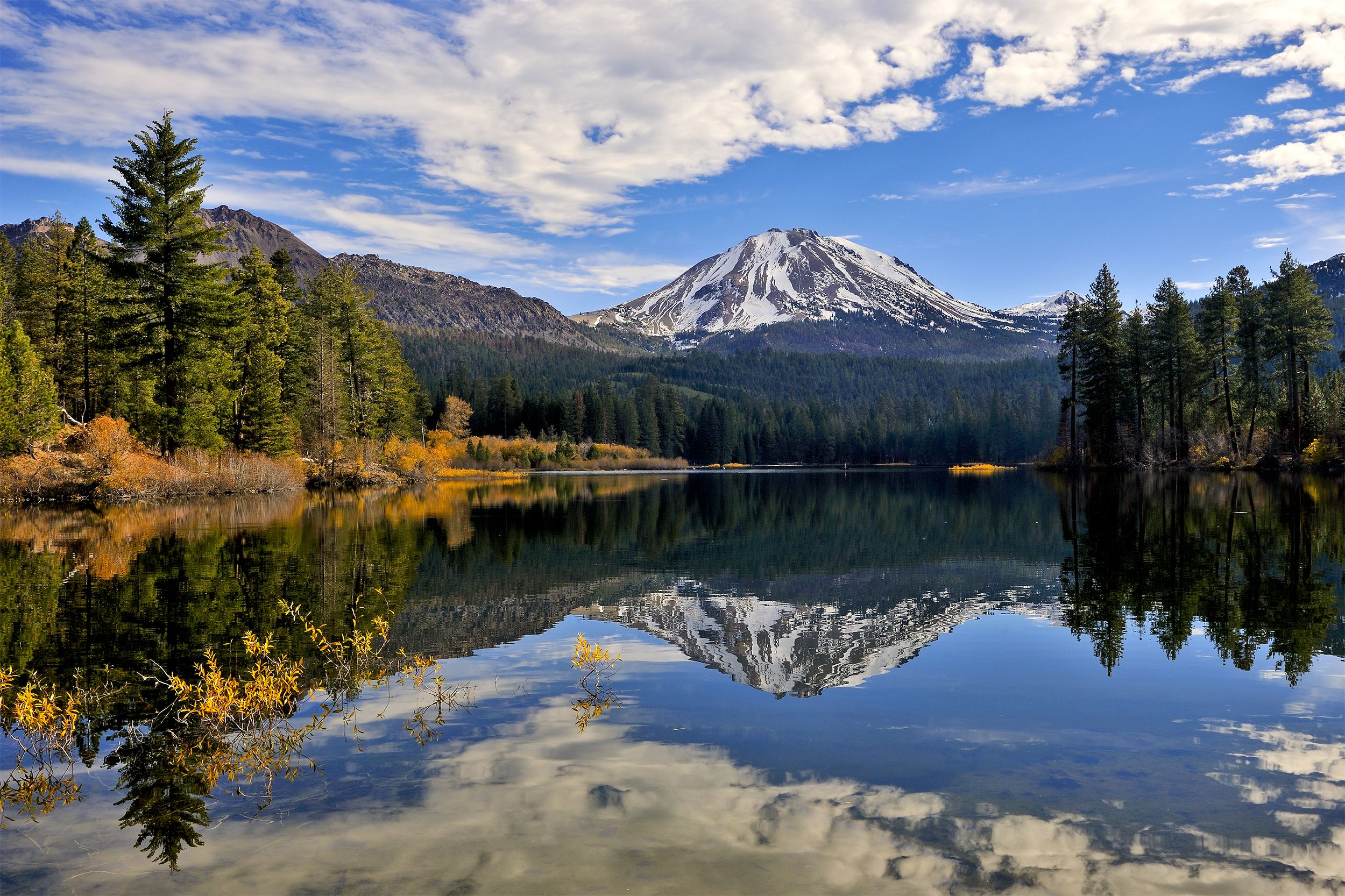
As its name implies, Lassen Volcanic National Park includes a number of volcanic features ranging from fumaroles (steam and volcanic-gas vents), to thumping mud pots, boiling pools, and steaming ground. Perhaps its most famous feature is Lassen Peak, a volcano that last erupted in 1914 and continued showing its fury for three long years.
Related: Don’t Miss America’s Most Underrated National Parks
Mammoth Cave National Park | Kentucky

Mammoth’s more than 400-mile cave system is the longest on Earth. The park is also home to an expansive 53,000 acres of forest crisscrossed by 70 miles of trails. As a bonus, there are more than 20 miles of river to be explored.
Related: The One Thing You Must Do in Every State
Mesa Verde National Park | Colorado
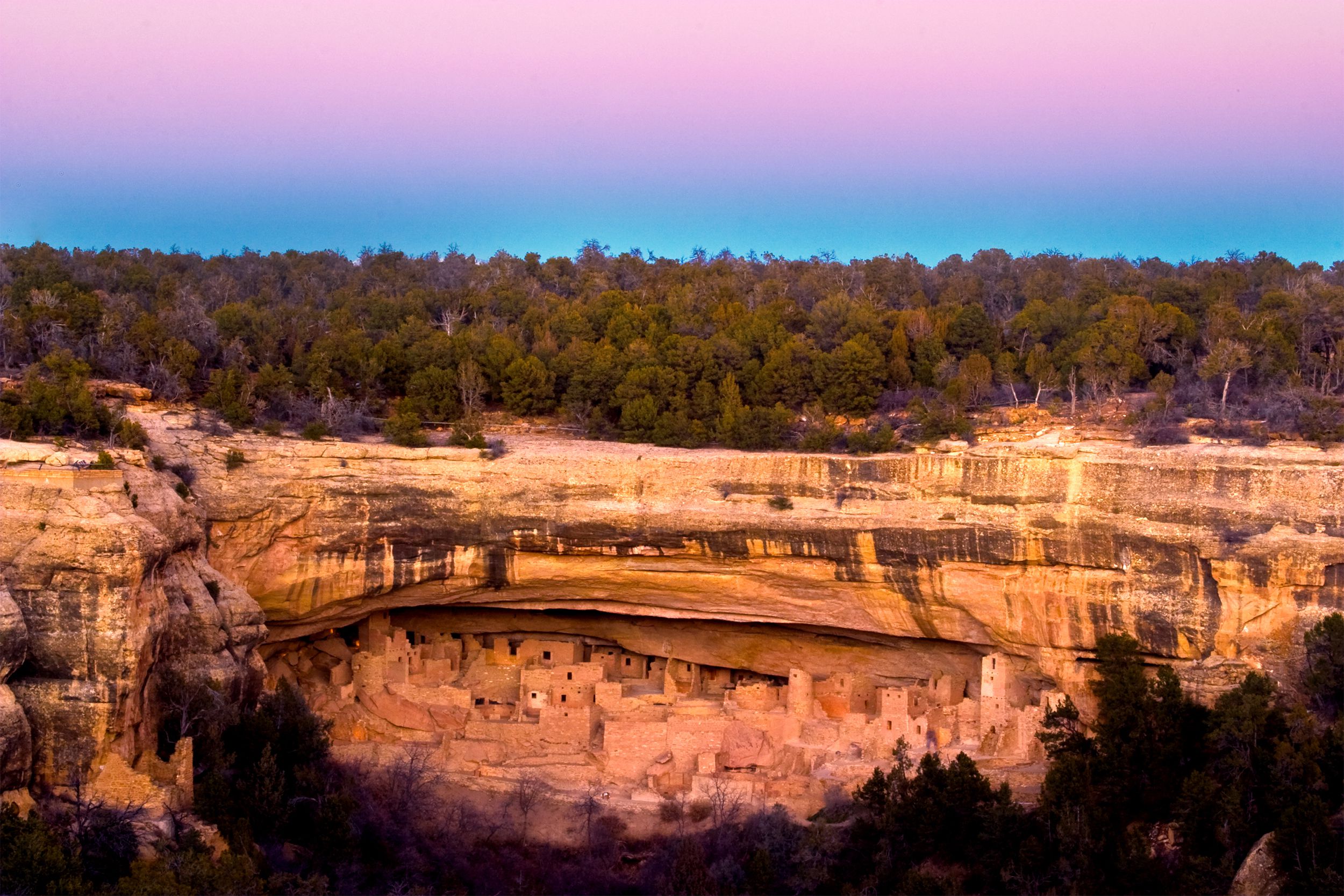
One of the finest examples in the country of how the ancestral Pueblo people lived, Mesa Verde National Park protects some 5,000 archeological sites tied to a people who made their homes in the region from the years A.D. 600 to 1300.
Related: Incredible Photos of Ancient Ruins Across North America
Mount Rainier National Park | Washington

Mount Rainier rises more than 14,410 feet above sea level and has spawned five major rivers. Mount Rainier National Park is also famous for its picturesque subalpine meadows of wildflowers. There’s an abundance of wildlife here, and ancient forests.
Related: Scenic RV Trips You Can Enjoy Over a Weekend
New River Gorge National Park and Preserve | West Virginia
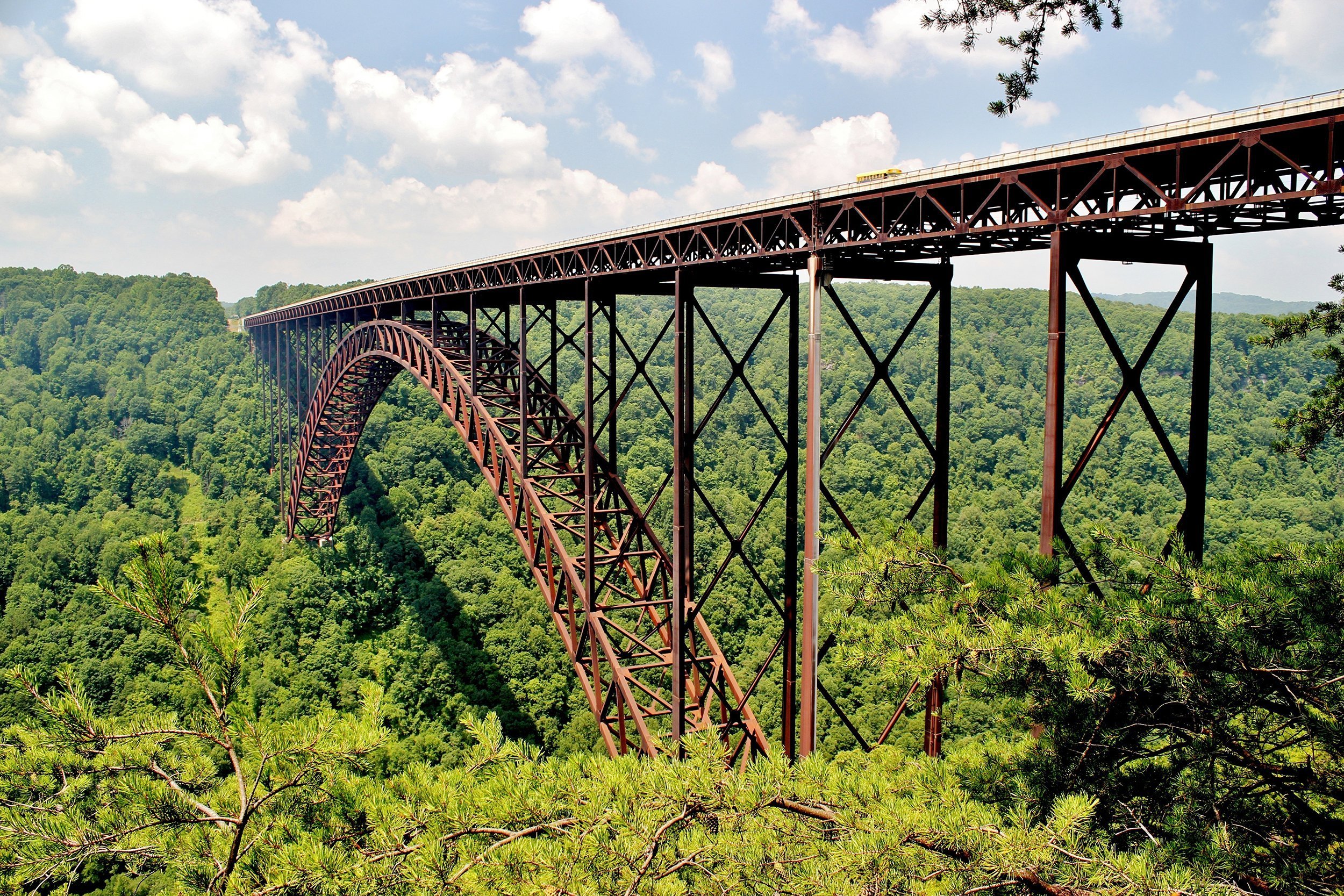
Related: The Most Beautiful River in Every State
North Cascades National Park | Washington
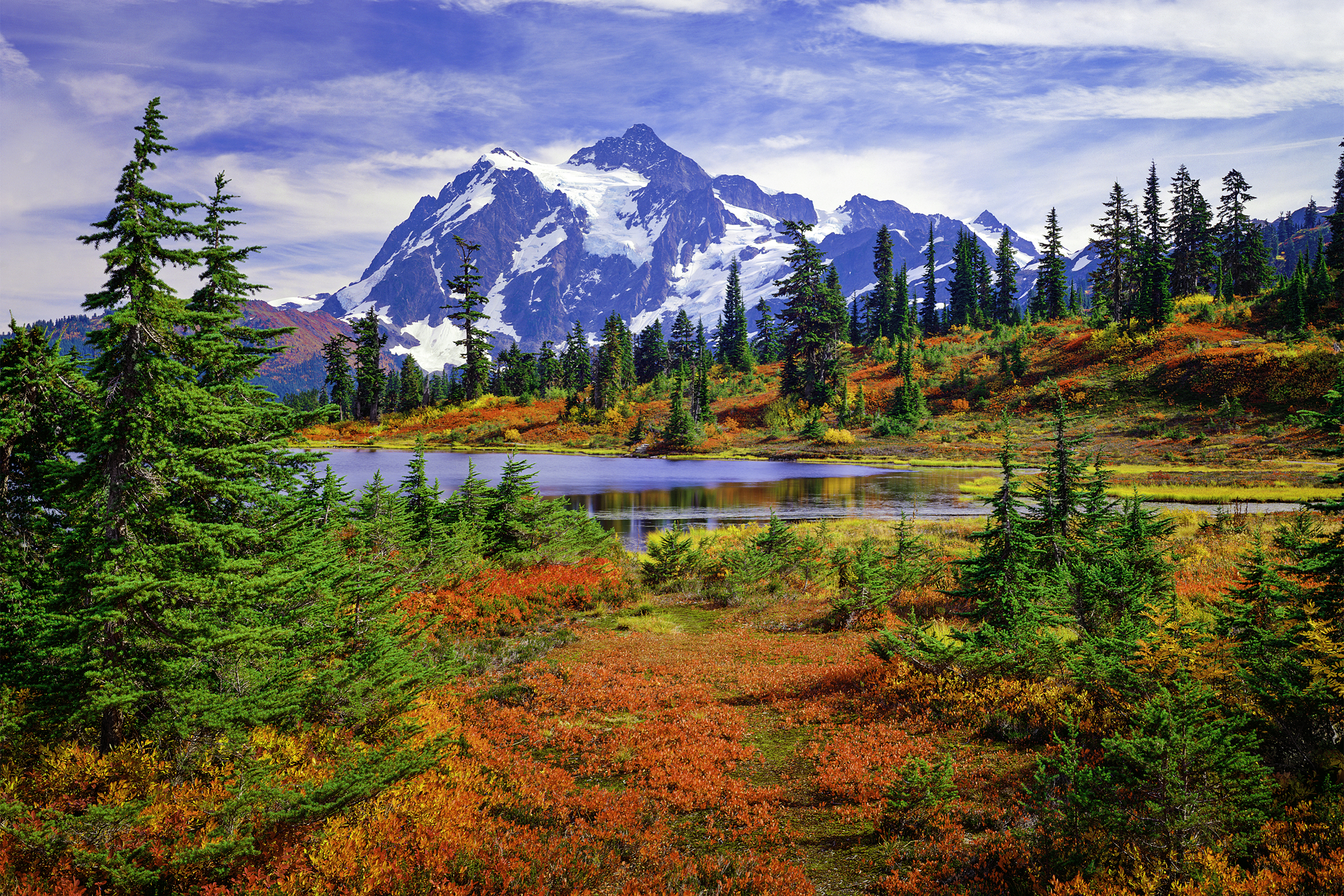
North Cascades National Park, established in 1968, is another national park famous for its glaciers, and there are more than 300 here. Visitors will also find forested valleys, steep mountains, and waterfalls.
Olympic National Park | Washington
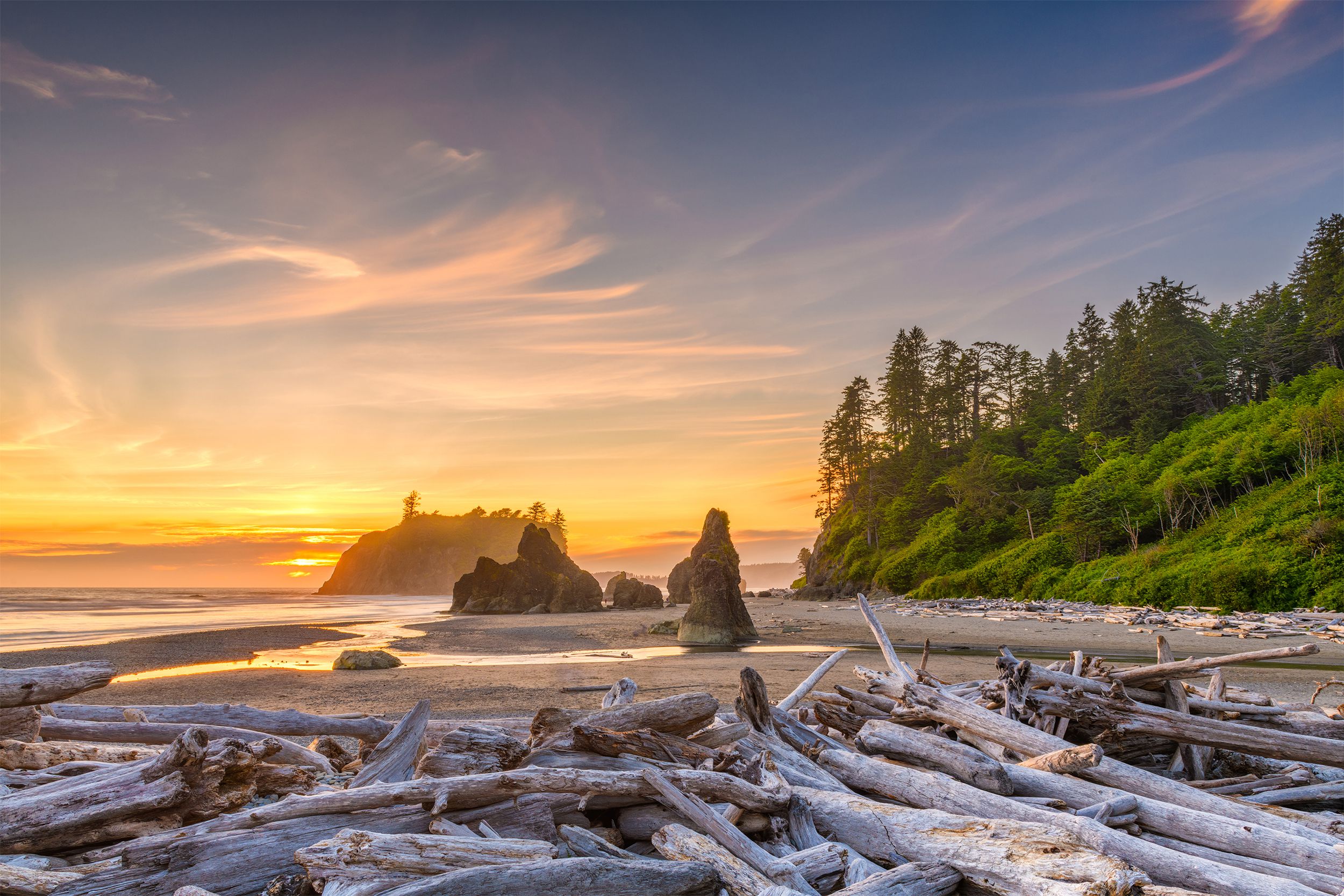
Spread among its nearly 1 million acres are several distinct ecosystems to explore at Olympic National Park. The stunning variety includes glacier-capped mountains, old-growth rainforest, and in excess of 70 miles of coast.
Related: Beautiful Beachside Campgrounds Across America
Petrified Forest National Park | Arizona
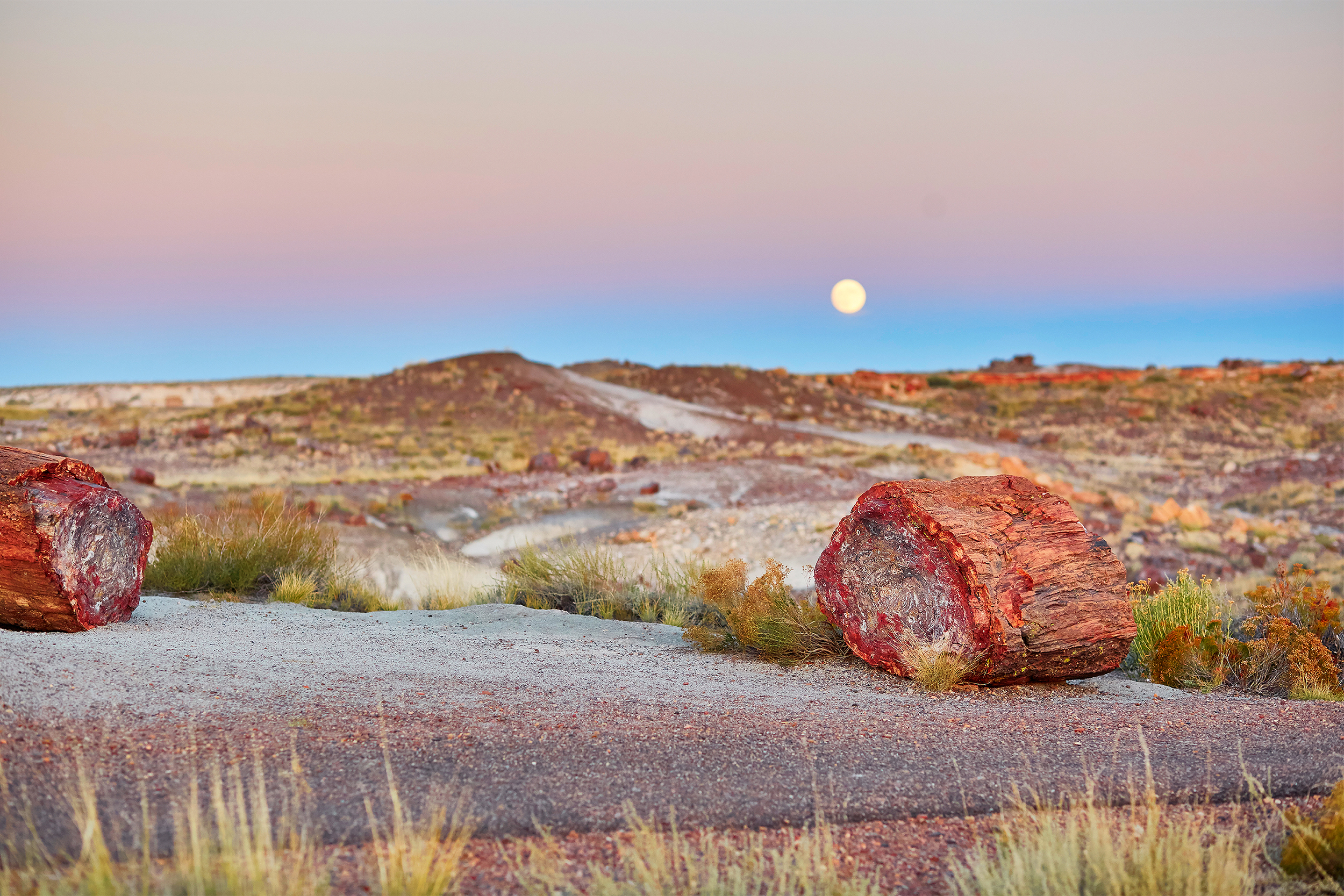
Some of the petrified trees within this park are as much as 218 million years old. About 110 miles east of Flagstaff, this land was designated a national park in 1962. Beyond petrified wood, there are also 13,000 years of human history on display and a protected stretch of Route 66.
Related: Route 66 Then and Now
Pinnacles National Park | California
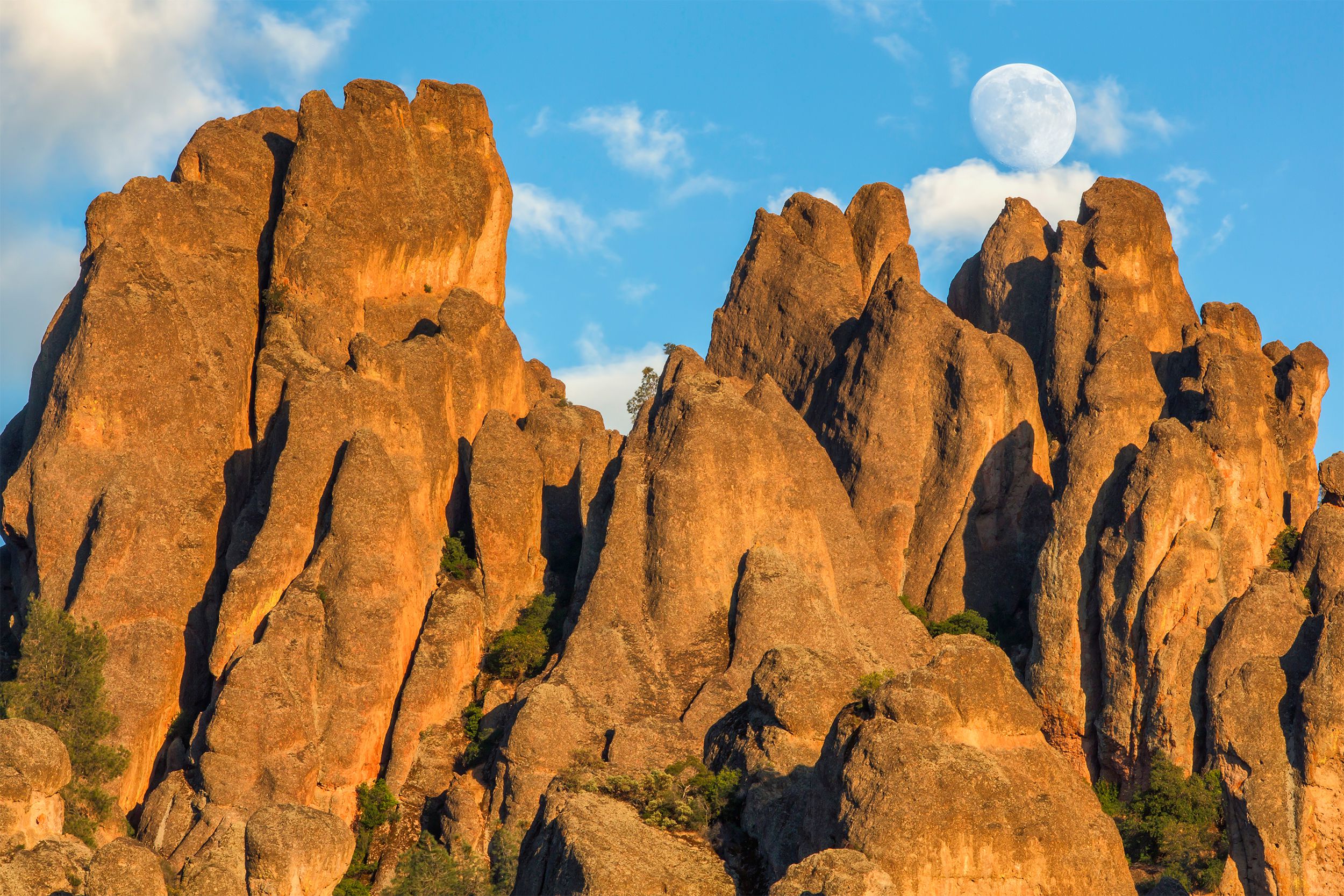
Born of volcanoes 23 million years ago, this national park is dominated by towering rock spires, chaparral, oak woodlands, and canyon bottoms. Among the wildlife calling this place home are golden eagles, prairie and peregrine falcons, and even the California condor.
Redwood National Park | California
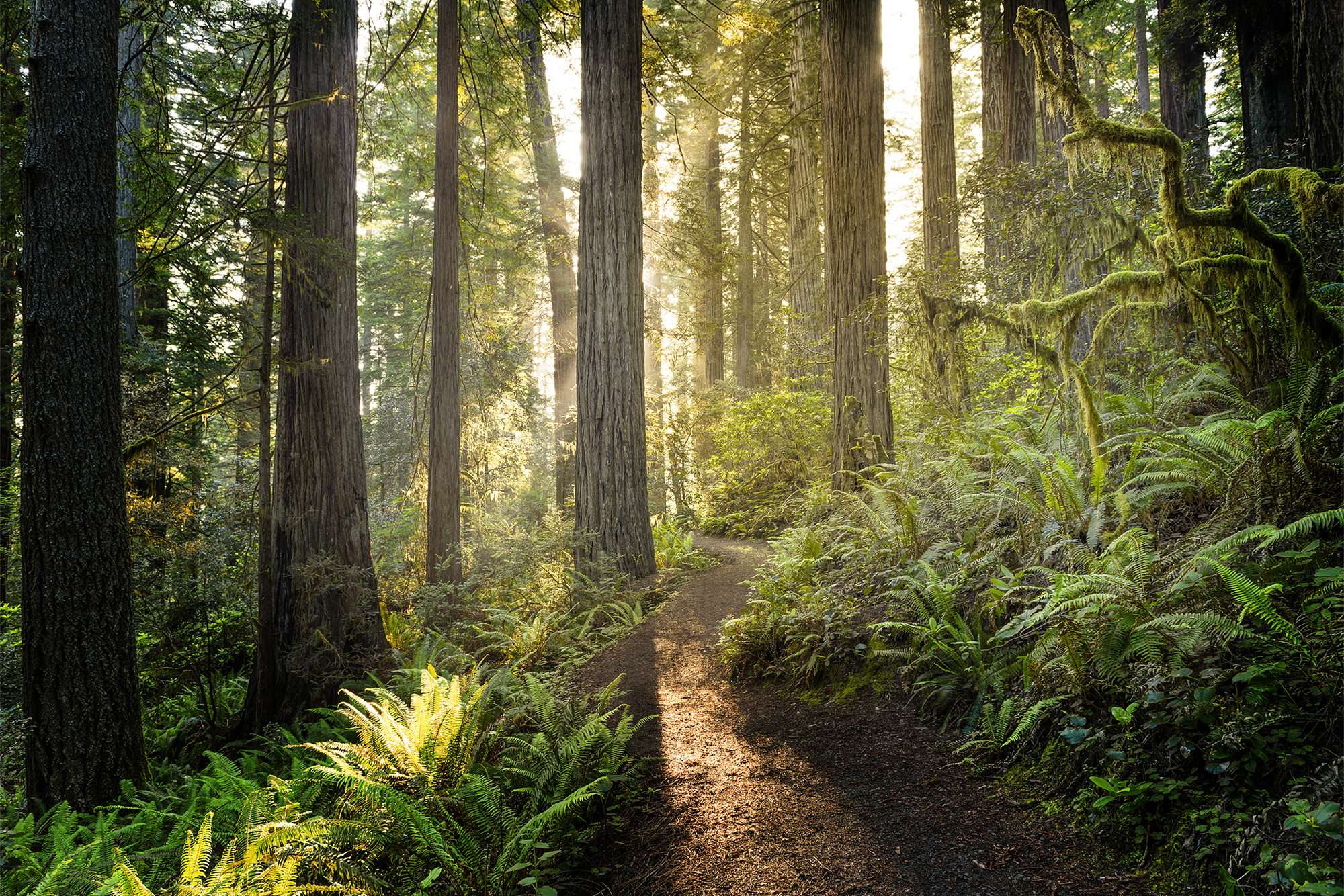
Sure, Redwood National Park is home to some of the tallest trees on Earth. But visitors will also find expansive prairies, oak woodlands, and even spectacular coastline.
Related: Scenic Spots to Park Your RV Across America
Rocky Mountain National Park | Colorado
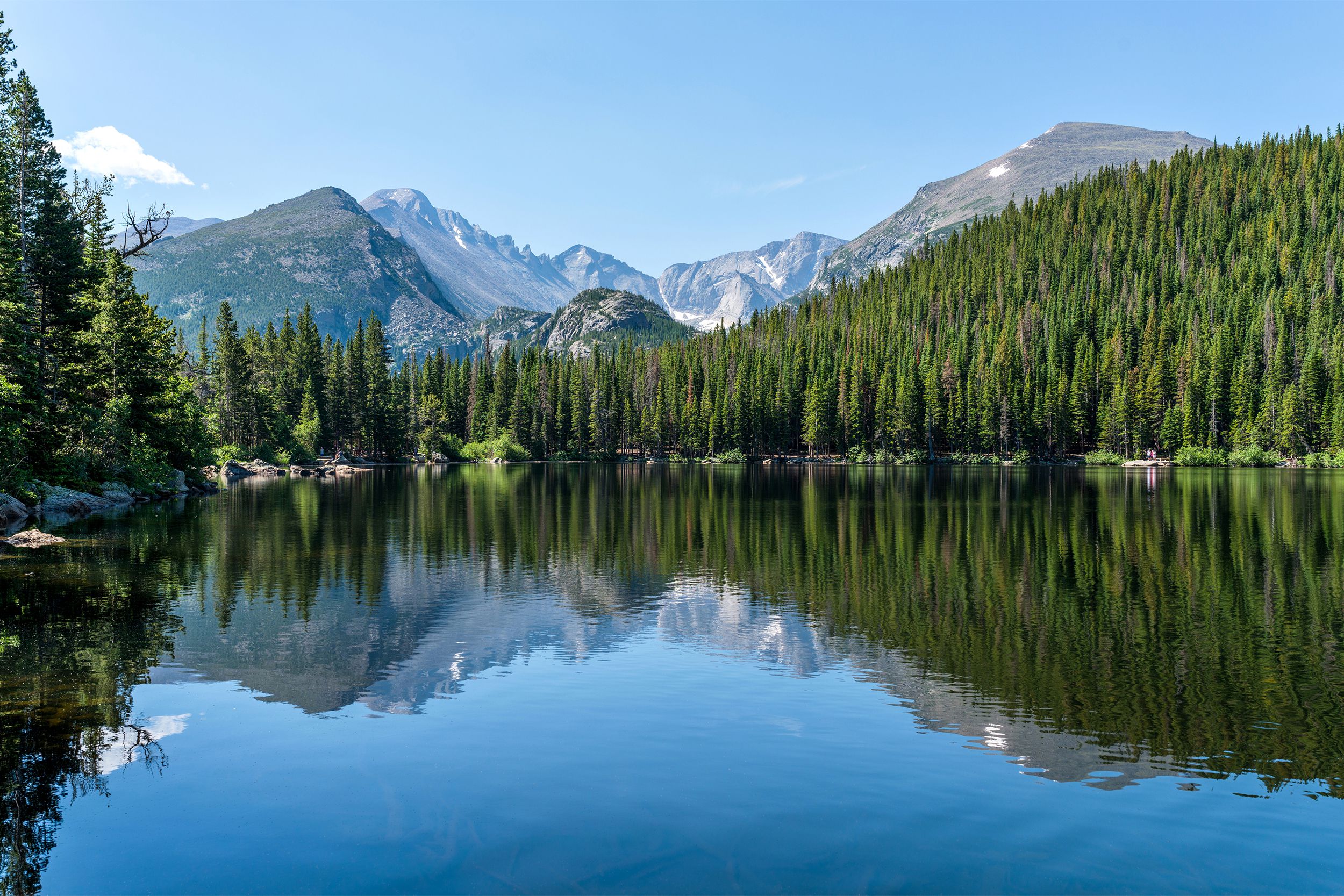
The majestic natural beauty within Rocky Mountain National Park’s 415 square miles includes subalpine and alpine forests, tundra, alpine lakes, forested valleys, and a variety of wildflowers and wildlife.
Related: Dangerous Roads You Should Never Drive in an RV
Saguaro National Park | Arizona
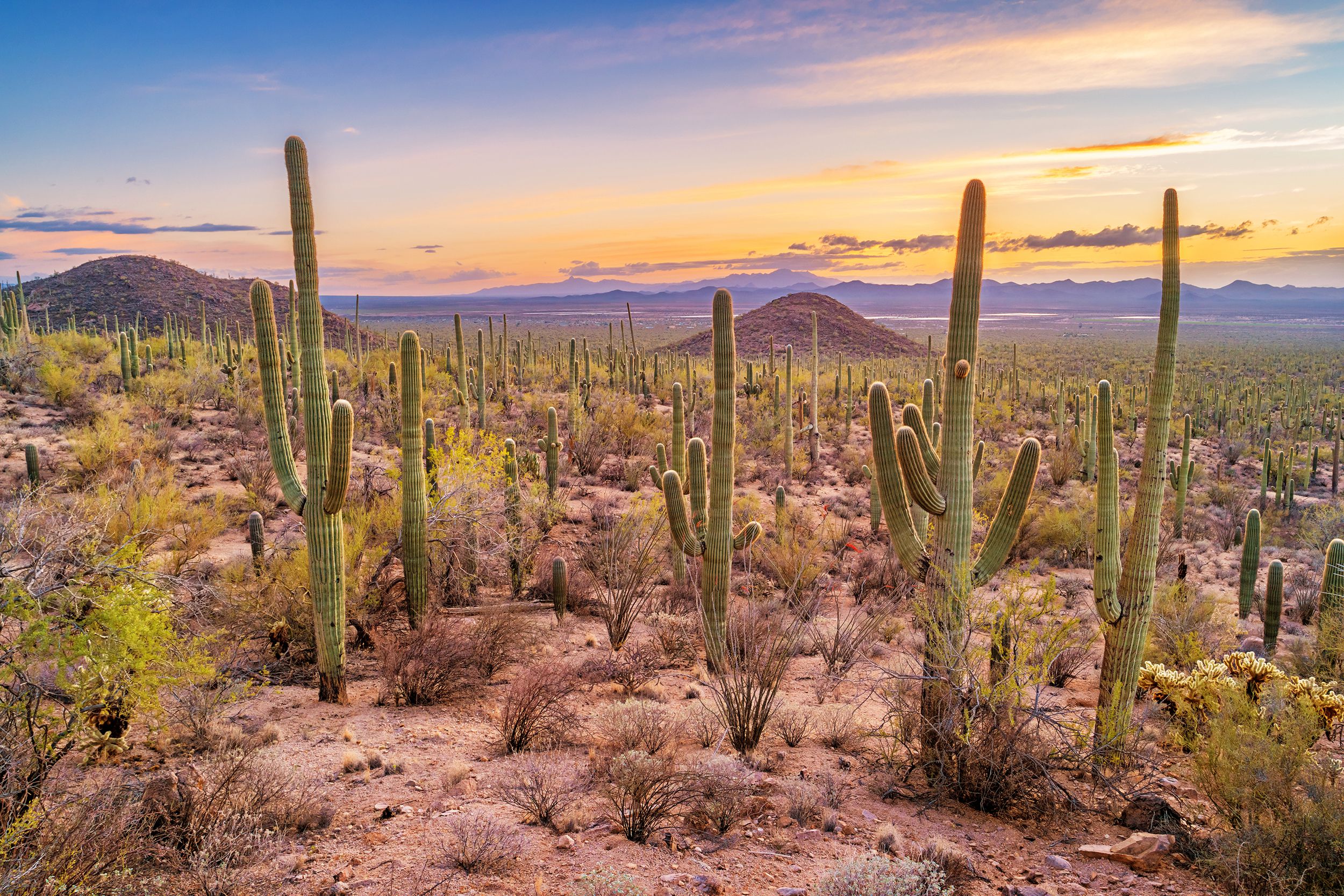
A national park dedicated to the unique cacti found here, Saguaro National Park was created in 1994 and includes some 91,327 acres spread over the Eastern Rincon Mountain District, which rises to more than 8,000 feet, and the Western Tucson Mountain District, home to the saguaro forest. The giant saguaro has long been associated with the American West.
Related: Bird Watchers Flock to These Prime Spots Across America
Sequoia National Park | California

Known for the towering redwood trees found within its boundaries, Sequoia National Park is one of the oldest national parks in the United States. Created in 1890, the park spans more than 400,000 acres and includes the Crystal Cave, where there are underground streams and striking rock formations.
Shenandoah National Park | Virginia
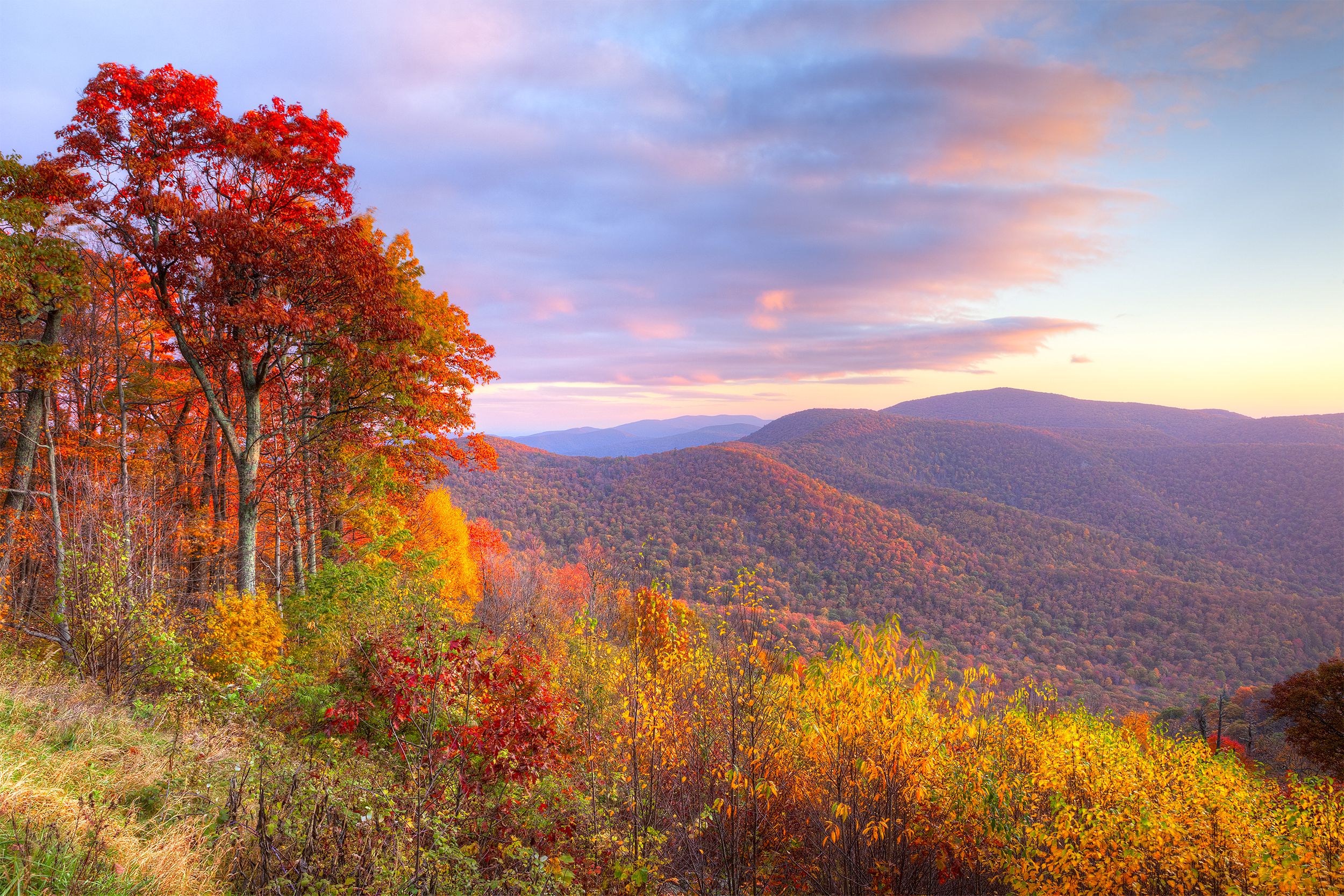
Less than 100 miles from the nation’s capital, nature lovers will find 200,000 acres of protected land that features waterfalls, expansive vistas, and peaceful woodlands. Its famed Skyline Drive, punctuated by panoramic views from overlooks, runs 105 miles. The park’s expansive and uninterrupted swath of nature is also a haven for deer and home to everything from bears to songbirds.
Related: Places With Spectacular Fall Foliage
Theodore Roosevelt National Park | North Dakota
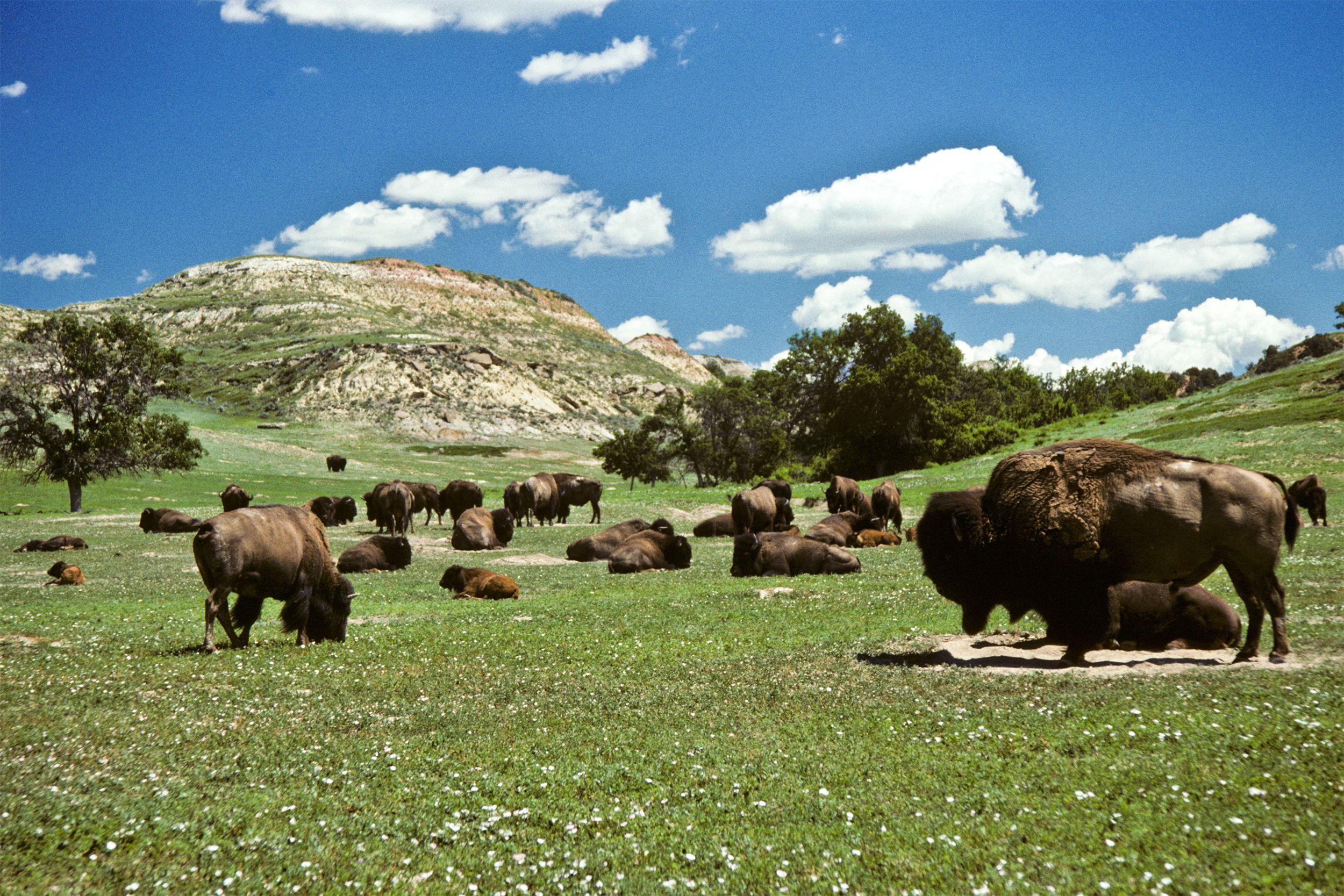
Located in the Badlands of western North Dakota and named in honor of the 26th president, this park is famous for its diversity of wildlife, and particularly for the bison and elk that call the region home. There are also nearly 100 miles of hiking trails and Roosevelt’s own ranch, which dates back to the 1880s.
Related: Most Romantic Summer Date Spot in Every State
Virgin Islands National Park | U.S. Virgin Islands
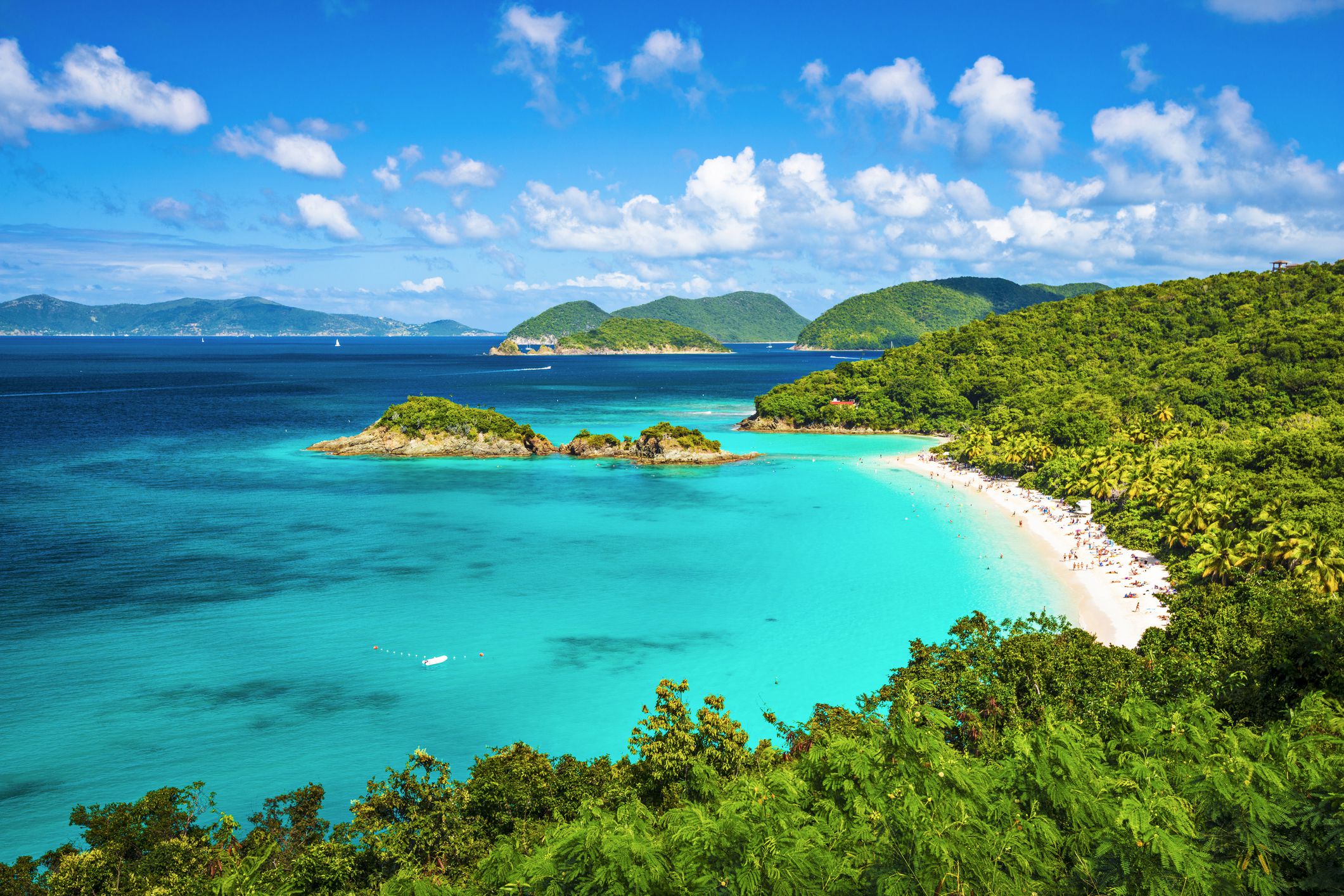
A paradise for beach lovers, Virgin Islands National Park includes ruins of a sugar plantation, ancient petroglyphs carved by the Taino Indians, and coral reefs teeming with marine life. A full two-thirds of the island of St. John is part of this national park.
Related: Warm Weather Destinations for Reconnecting With Nature
Voyageurs National Park | Minnesota

Voyageurs National Park is made up of water highways, so exploring here requires bringing watercraft or reserving one ahead of time — or at least participating in a ranger boat tour. While water makes up more than one-third of the park’s 218,000 acres, there are also more than 27 miles of scenic trails, hidden waterfalls, and ancient petroglyphs.
Related: Destinations Where Houseboat Rentals Beat the Beach
White Sands National Park | New Mexico
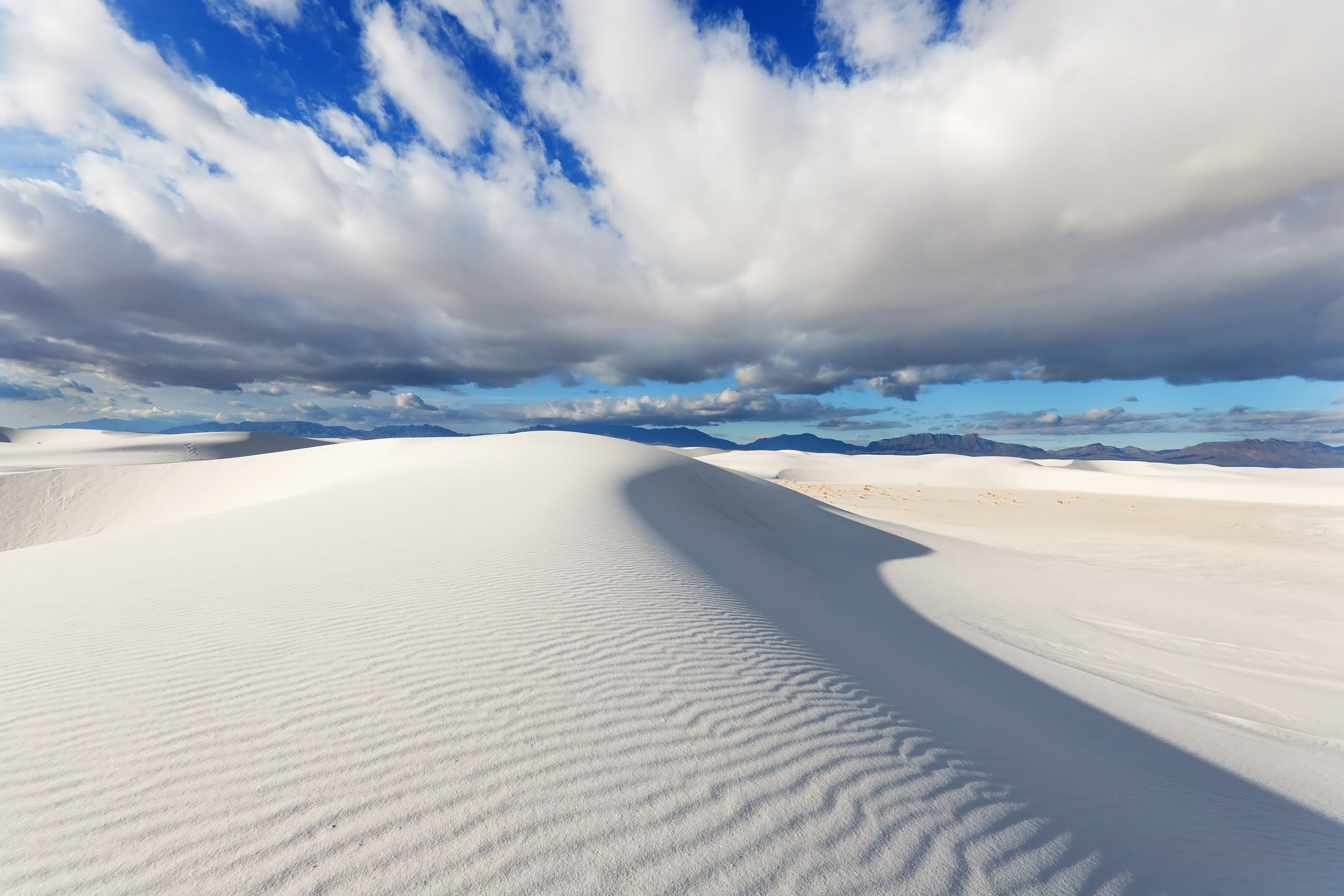
One of the most recent additions to our national park system, White Sands National Park is made up of 275 square miles of blindingly white gypsum sand dunes. The largest gypsum dunefield on the planet, this park is also home to many plants and animals that have adapted to survive in such a harsh environment.
Wind Cave National Park | South Dakota
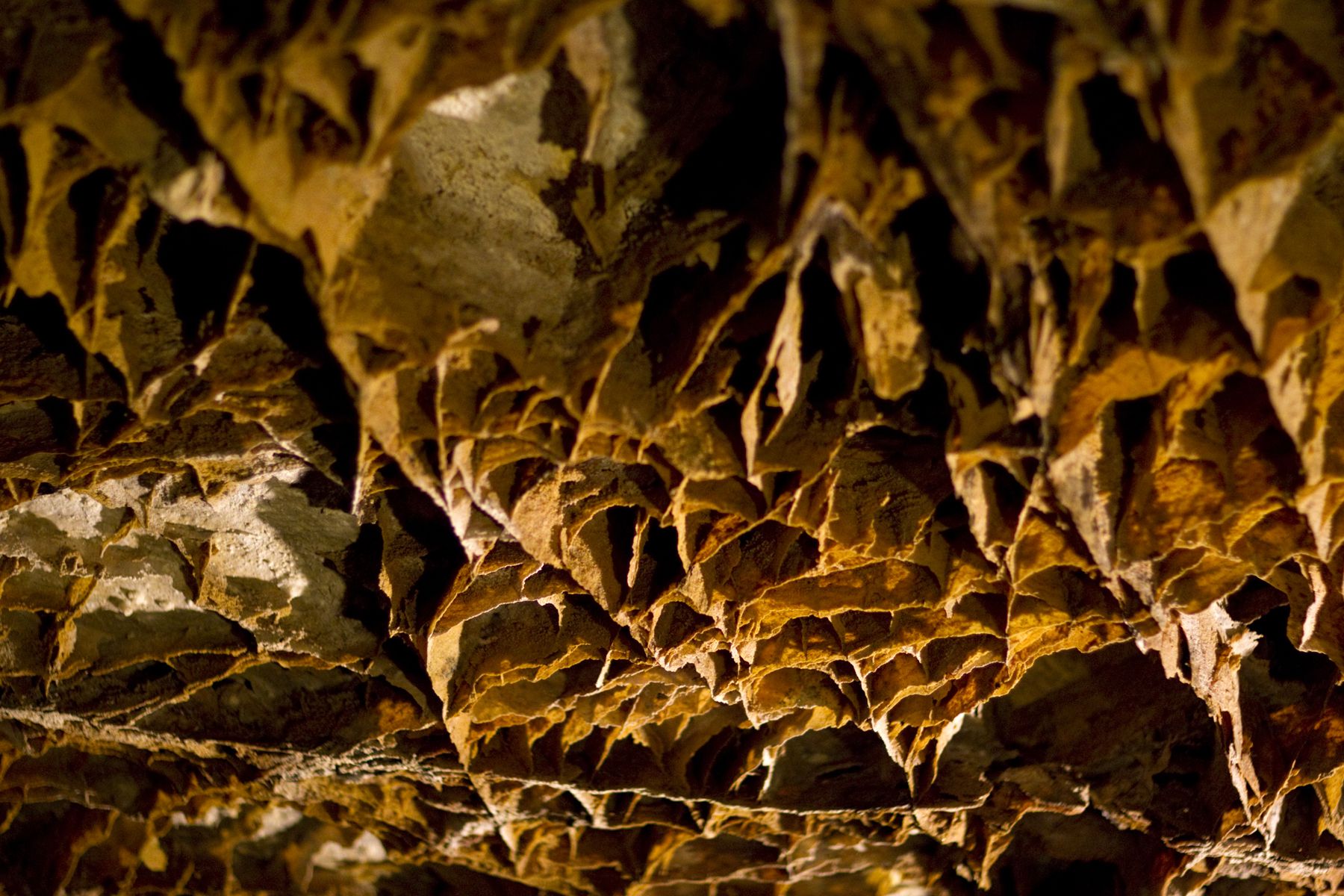
Known for its 33,581 acres of rolling prairie grasslands and forested hillsides aboveground, Wind Cave National Park is also home to the first cave to be named a national park — one of the longest and most complex in the world. It contains weblike “boxwork” rock formations not found in many other places in the world.
Wrangell—St. Elias National Park | Alaska
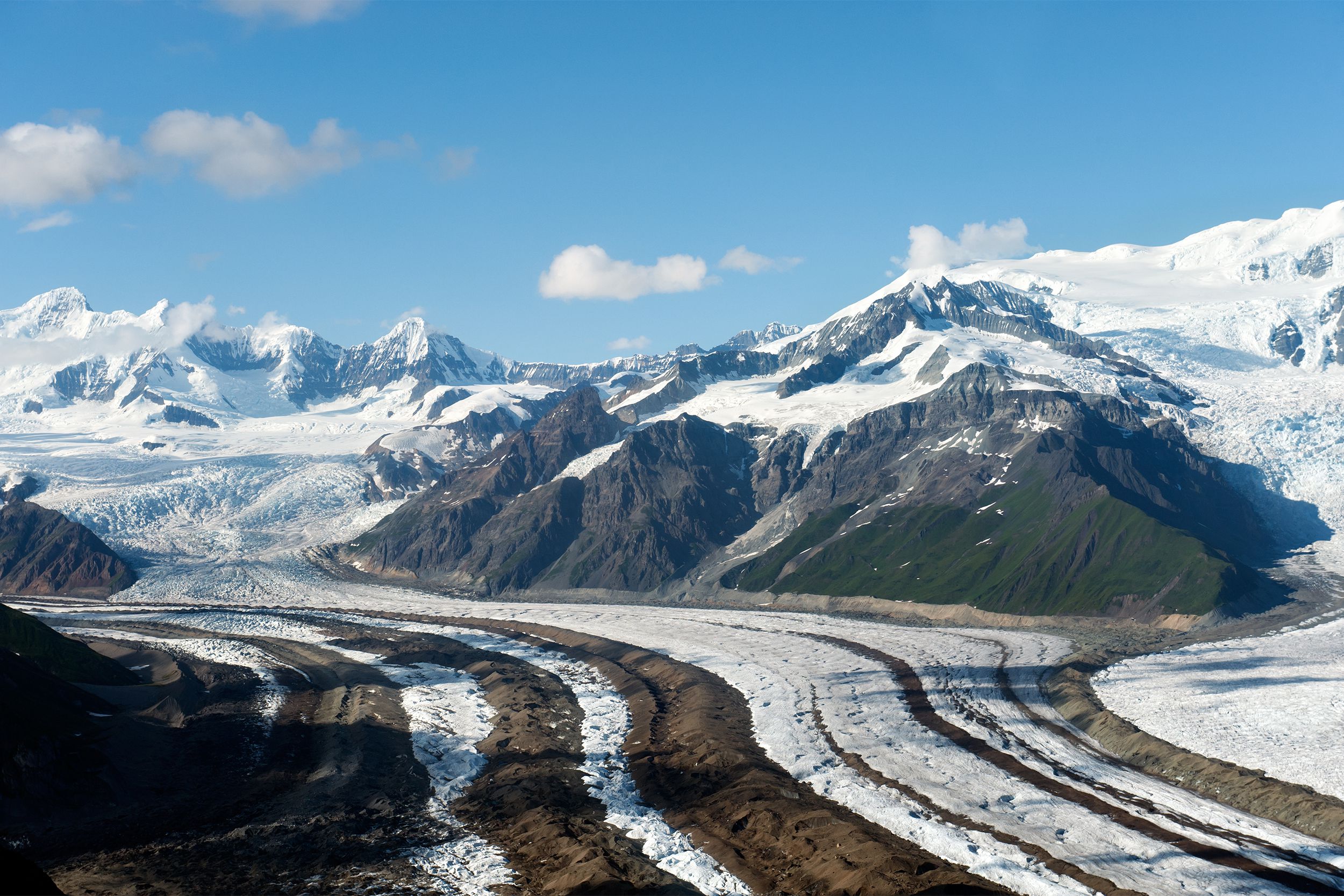
Known as America’s largest national park, Wrangell – St. Elias National Park boasts a whopping 13.2 million acres. This park is the same size as Yellowstone National Park, Yosemite National Park, and Switzerland combined.
Related: Historic Hotels in Every State
Yellowstone National Park | Wyoming, Montana, and Idaho

In the first national park, there’s a fascinating variety of geologic wonders and an abundance of wildlife. Covering some 3,450 square miles — the park is so large it includes parts of three states within its boundaries — visitors can find lakes, geysers, canyons, rivers, and mountain ranges.
Related: National Park Webcams Where You Can See the Wilderness from Home
Yosemite National Park | California
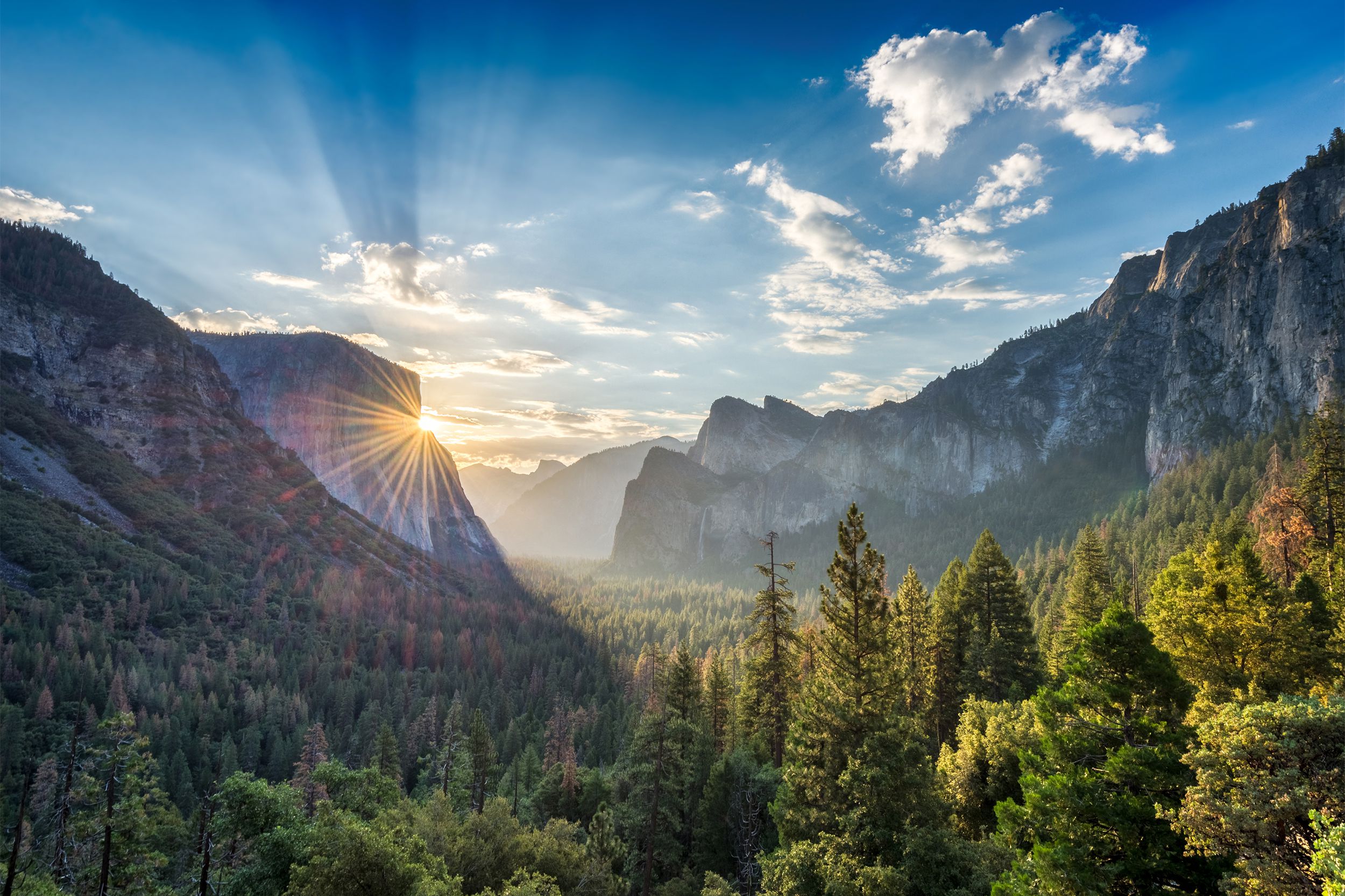
One of the most famous tourist destinations in California and the location of some of the most iconic pictures taken by famed photographer Ansel Adams, Yosemite offers everything from waterfalls to meadows and ancient sequoias within its vast and unforgettable wilderness.
Related: Go Beyond Niagara and Find Waterfalls in All 50 States
Zion National Park | Utah

The first national park to be created in Utah, Zion has massive sandstone cliffs, narrow slot canyons, and a diversity of plants and animals.
Related: Most Remote States in the U.S.
